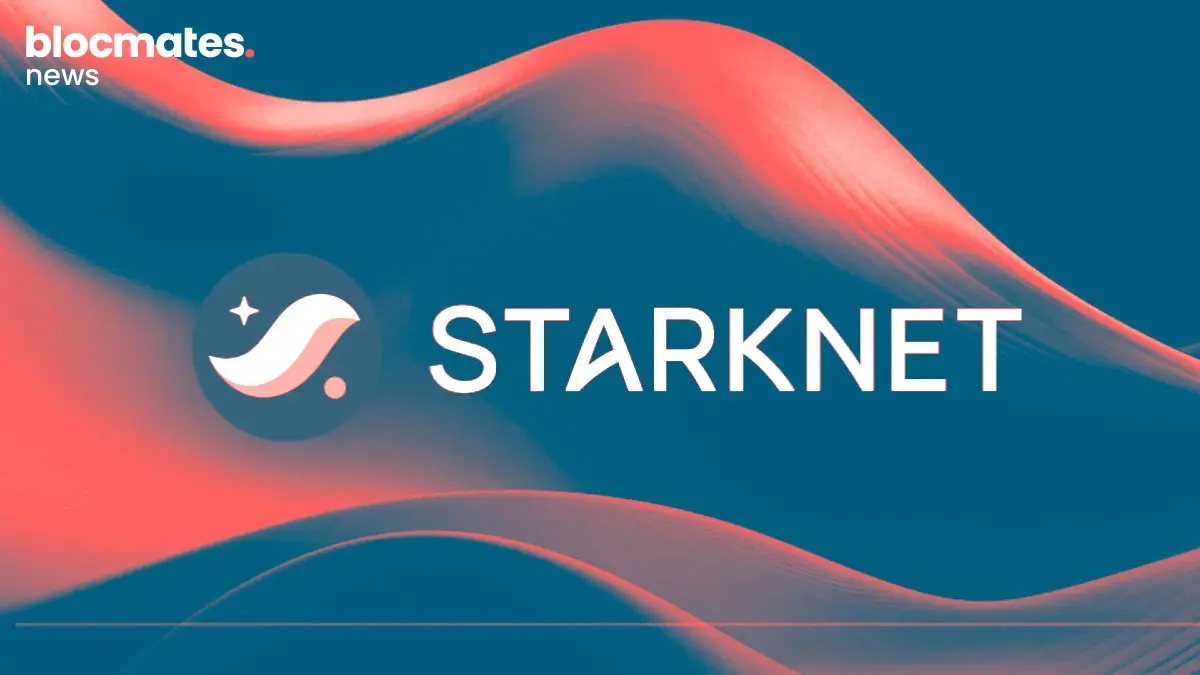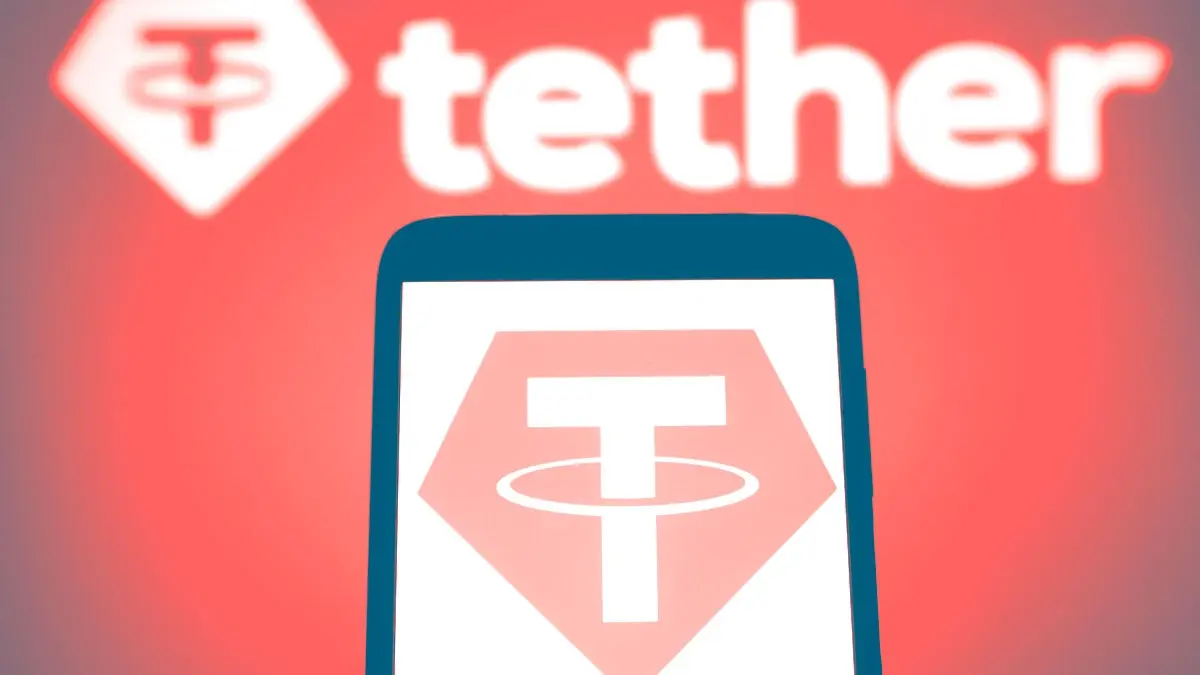Ape-tizers:
• Oracles usually go unnoticed, but when they fail, the chain reaction is instant with liquidations, bad risk calls, and protocols left scrambling.
• Legacy price feeds rely on scraping and aggregation, which means DeFi often ends up building on second-rate numbers.
• Instead of middlemen and black-box feeds, Pyth gives institutions cleaner, faster, source-driven data across crypto, stocks, FX, commodities, fixed income, and more—all from a single price layer.
• Pyth Network just revealed Pyth Pro, a subscription service directly aimed at a $50B/year industry traditionally dominated by names like Bloomberg and Refinitiv.
Oracles are one of those things nobody cares about until they blow up.
You've already been at their mercy if you’ve ever aped into a perp or borrowed stables against your stack. You just didn’t think about it.
They are the quiet, unglamorous part of crypto’s architecture that tells markets what anything is worth. Without them, nothing moves.
Most of the time, they tick along smoothly and nobody pays attention.
But the few times when that’s not the case, it’s chaos. Liquidations cascade, vaults sink, and post-mortems fill your feed.
That is, unfortunately, the cost of oracles leaning too heavily on aggregators and posting numbers late.

Pyth carved its niche in the world of oracles by working its way around that lag.
Instead of relying on prices that had already passed through multiple stops, it went straight to the source.
That includes exchanges, trading desks, market makers, and the people actually setting the numbers. No data middlemen.
Should be obvious, right? Turns out Pyth was the only one that thought so.
A few weeks back, we got into the weeds of Pyth’s collaboration with the U.S. Department of Commerce and how its entry into the $50 billion financial data market has put it in the same conversation as giants like Bloomberg and Refinitiv.
Well, that expansion is now taking shape with the launch of Pyth Pro, a dedicated subscription service aimed at institutions that have long been locked into fragmented and expensive feeds.
What started as an oracle built for crypto traders is now being positioned as price layer infrastructure for the markets that move trillions daily.
Let’s get into it.
What is Pyth?
Pyth is a data distribution network built to push live market data onto blockchains and beyond.
It connects smart contracts with prices directly from more than 120+ first-party publishers—institutions and market participants—across crypto, equities, foreign exchange pairs, commodities, and more.
That data runs on over 100+ blockchains and powers 2,000+ active price feeds.
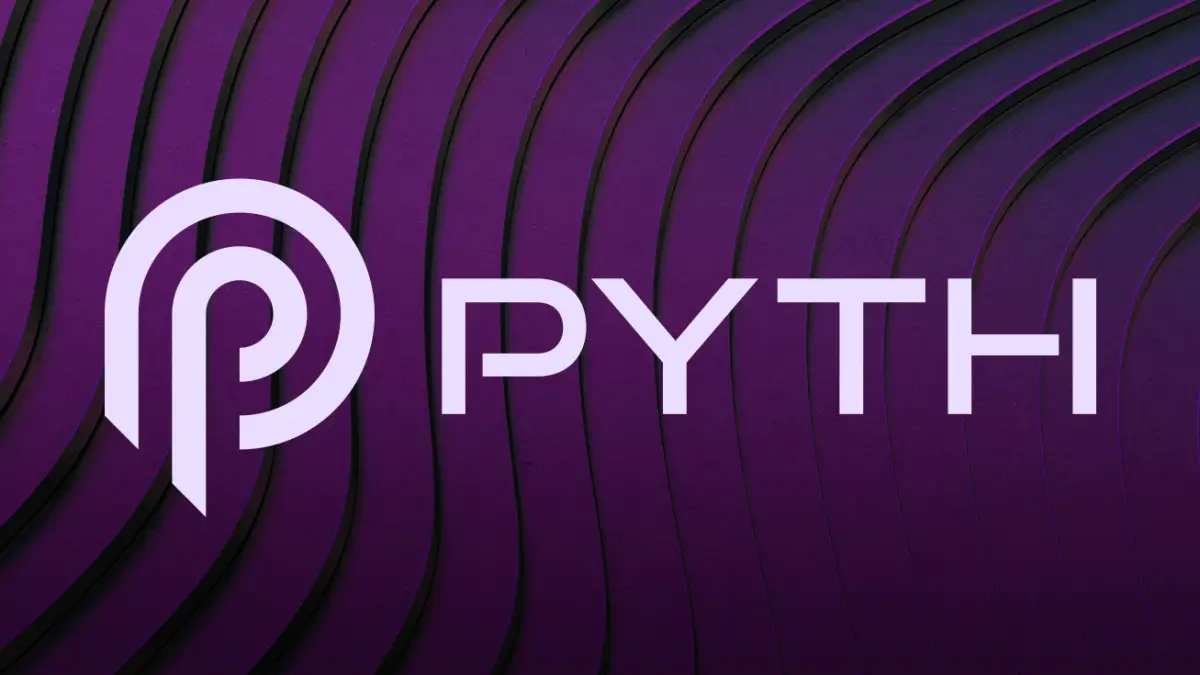
The project began with a simple goal: Most oracles post prices a step late and from opaque sources.
Pyth wanted to cut that lag by pulling numbers straight from the desks and exchanges, setting the market so that traders actually had something they could act on.
Then, like most good ideas, the oracle game started to get messy. New entrants showed up, undercutting fees, turning the whole thing into a race to zero margins.
As it continued to scale in DeFi, Pyth recognized a wider, untapped demand for its data and decided to step in.
It scaled into thousands of assets, grew into one of the broadest data layers in web3, and now, with a partnership alongside the U.S. Department of Commerce, it’s eyeing the $50 billion financial data market dominated by names like Bloomberg and Refinitiv.
Pyth’s working mechanics
The problem with legacy oracles
Most legacy oracles were built on the assumption that market data is free and easy to scrape.
Sure, that works for things like weather or sports, but financial data has always been different.
The best feeds are locked behind billion-dollar businesses. Bloomberg charges tens of thousands per seat each year, exchanges make billions selling proprietary streams, and even Coinbase now bills for data access.

When an oracle tries to scrape or stitch together public feeds, three problems show up fast. The quality worsens, the costs creep higher, and redistribution runs into legal walls.
At best, you end up with delayed “freemium” feeds, and at worst, the good data is completely out of reach.
For DeFi, that means protocols are often building on second-rate numbers.
Publisher network
Instead of recycling what is already public, Pyth works by bringing prices straight from the people who set them.
That creates a marketplace for data. Publishers provide it, protocols consume it, and the network handles the flow between them.

The best way to think about it is Airbnb. It did not build new houses. It unlocked access to homes that already existed. Pyth is doing the same with financial data.
The numbers were always there, locked behind licenses and private pipes. Pyth just opened the door.
Interestingly, Blue Ocean Technologies has joined Pyth Network as the latest market data publisher, bringing SEC-registered, institutional U.S. equity pricing data tailored for after-hours trading.
Notably, Pyth will be the only data distributor publishing overnight US equity trading data onchain from the Blue Ocean ATS platform till the end of 2026.
Meanwhile, Blue Ocean Technologies will enable apps using Pyth data to trade U.S. equities 24 hours a day, five days a week.
Oracle program
Once that data is unlocked, it flows into Pyth’s onchain oracle program. This is where all the updates are collected, sorted, and turned into a single usable price.

The difference here is that it doesn’t happen in some black box like you’d see with TradFi feeds.
Everything is out in the open: how the numbers are combined, how noise is filtered out, and how the final price is set.
That transparency is what gives protocols confidence, and it’s also what makes institutions take it seriously.
Price aggregation
Getting data from 120 different institutional providers is one thing. Turning it into a single price the market can trust is another.
That is where Pyth’s price aggregation comes in.
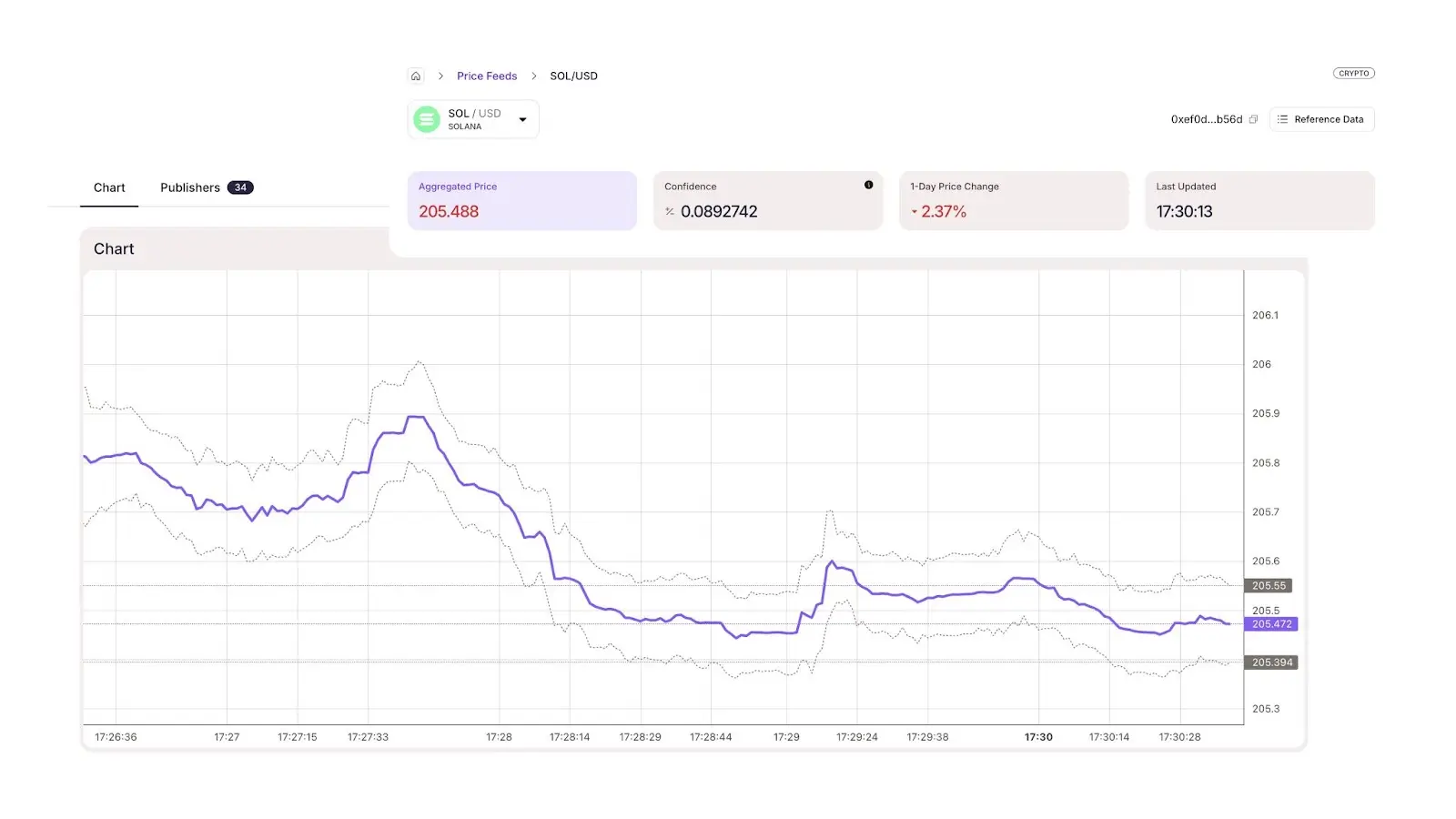
Each publisher submits a price along with a confidence level.
The confidence interval shows how tight or loose the data is at that moment.
If publishers are in agreement, you get a sharp number. If things are chaotic, the confidence widens, which gives apps more context than just a single datapoint.
Pythnet
The actual aggregation runs on Pythnet, a blockchain built specifically for Pyth’s data publishers.
It’s powered by Solana tech but runs as its own chain, with each publisher operating a validator.
That setup keeps the process secure and makes sure the final price is always available.
Once prices are combined on Pythnet, Wormhole guardians validate the computation and deliver the updates to other blockchains.
As long as a majority of validators and guardians are honest, users can trust that the prices are accurate.
Pythnet also adds redundancy, so even during high volatility and congestion, the feeds stay live.
Tokenomics
Pyth has a total supply of 10 billion tokens.
The biggest allocation, i.e., more than half of the supply, is reserved for ecosystem growth.
Another large share is set aside for publisher rewards, which incentivizes the firms that provide data to the network.
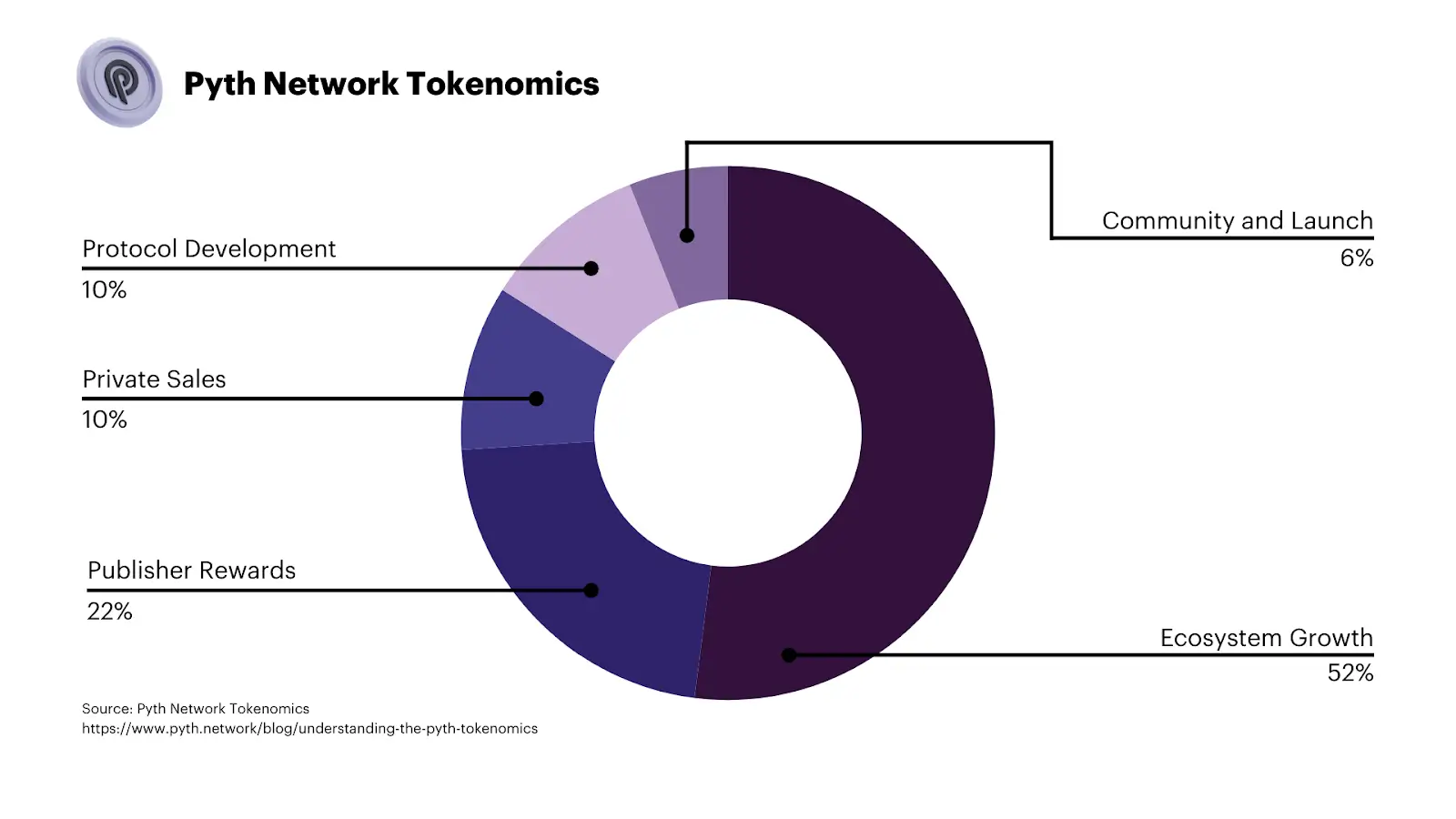
The distribution is weighted toward growth and data publishers, showing that most of the supply is designed to fund expansion and keep publishers incentivized, rather than flooding the market with liquid tokens early on.
The competitive edge
The way prices get onchain matters more than most people think.
A lot of legacy oracles still rely on a push model, firing off updates on a schedule whether anyone needs them or not.
That approach works, but it’s noisy. Costs creep higher, chains get cluttered, and plenty of those updates never even get used.
Pyth went the other way by introducing a pull model for accessing oracle data. Apps request prices when they actually need them.
This keeps things lean, reduces waste, and makes feeds more reliable when markets heat up.
This efficiency allows Pyth to easily scale to thousands of price feeds and hundreds of blockchains.
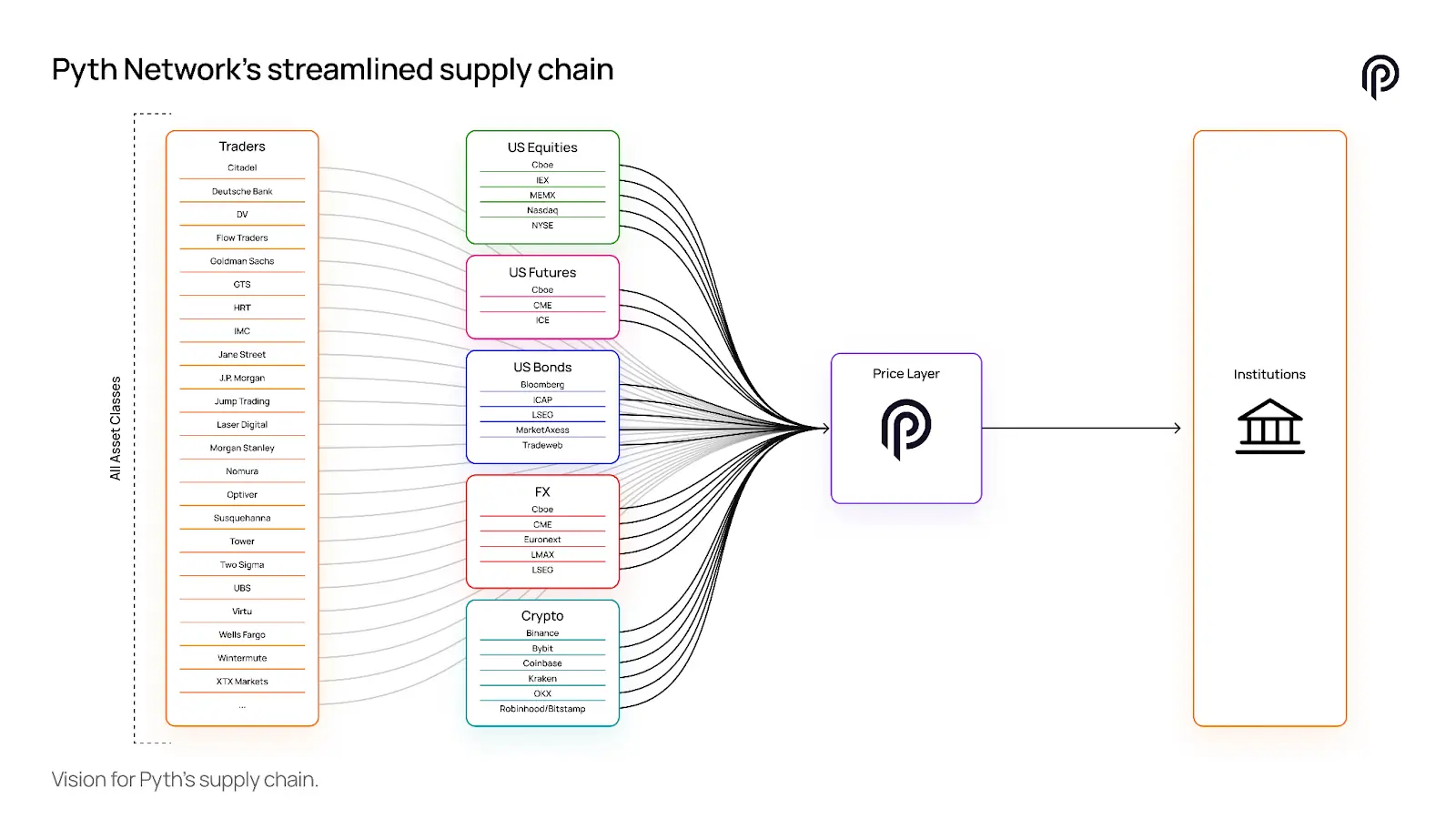
Then there’s how the data shows up.
Pyth doesn’t just give you a single price. Every feed comes with a confidence band, basically a read on how much agreement there is in the market.
A tight band means everyone’s seeing the same thing. A wide band implies the market is choppy. That extra context is gold when you’re sizing a trade or managing risk.
Set that against Chainlink, the long-time default oracle. Chainlink is everywhere, it’s proven, and it even underpins U.S. government data feeds.
However, its model still runs through data intermediaries and middlemen, with prices passed around before they make it onchain.
That design is reliable, but adds cost and slows down reaction times.
We already touched on how Pyth’s pull model keeps feeds lean. The other side of the edge is speed and accuracy.
Updates land in the sub-second range, and every feed comes with a confidence interval that stretches or tightens depending on market conditions.
That gives protocols more than a single number; it gives them context.
Chainlink, by contrast, works on scheduled or threshold-based pushes. That stability is useful, but it reacts more slowly when markets get volatile.
For apps built on liquidations, perps, and real-time risk, that difference is decisive.
Pyth trims out the extra steps, making its feeds lighter, faster, and closer to what traders actually need.
Pyth’s market opportunity
Financial market data has become one of the most expensive line items for institutions.
Global spend hit $44 billion in 2024, up from $42 billion the year before, and costs have risen more than 50% in just three years.
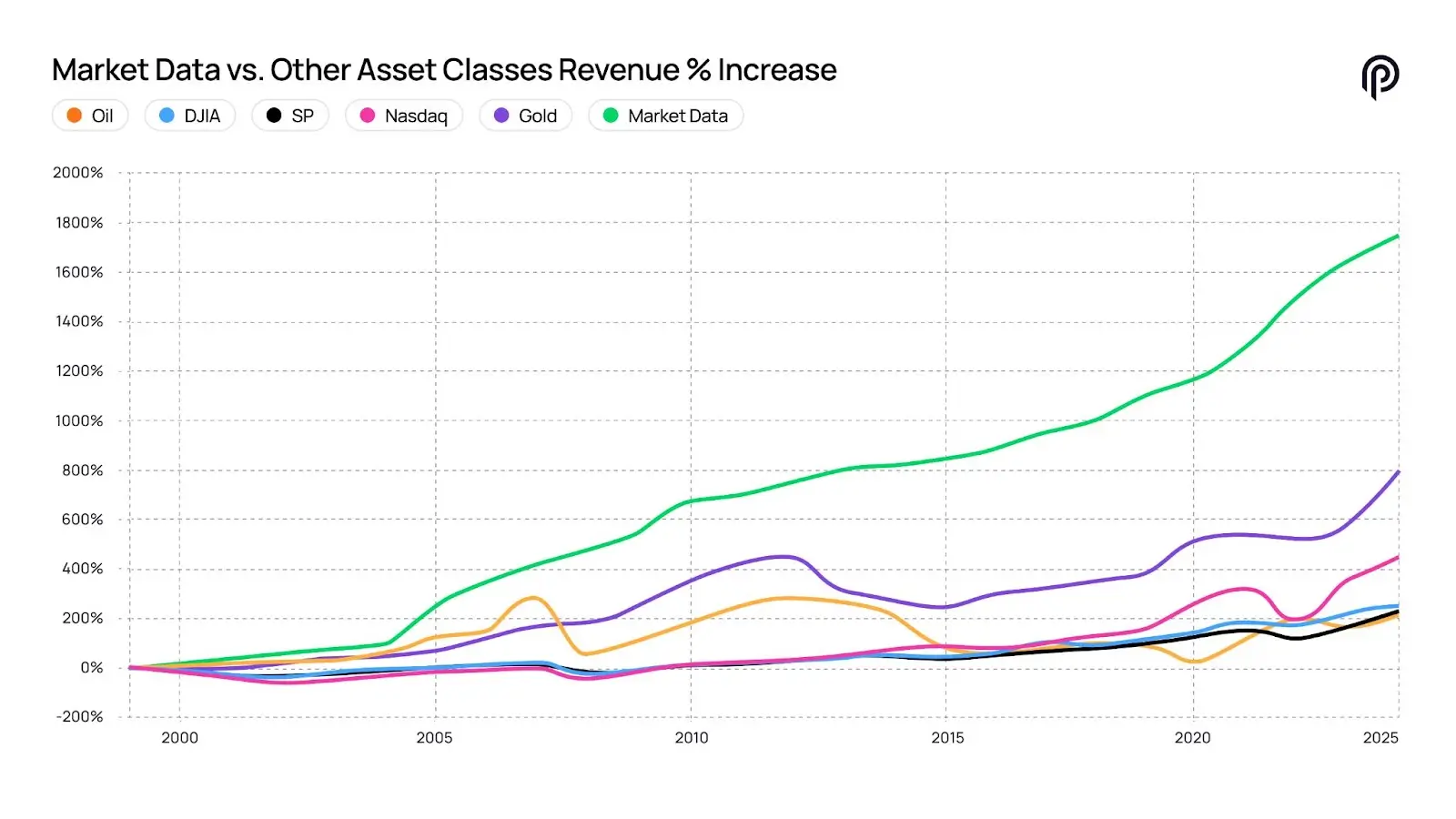
Bloomberg terminals still charge around $20–40k per user, exchanges continue to add fees, and firms often buy multiple feeds from different vendors simply to validate the data they already receive.
The supply chain is inefficient. Exchanges sell their own feeds, aggregators build black-box composites, and redistributors package and resell them under restrictive licenses.
Each layer adds complexity and cost, but doesn’t solve blind spots in coverage.
The result is fragmentation, rising budgets, and a system where intermediaries capture most of the value.
This is the opportunity Pyth is targeting. And the product they’ve built for it is Pyth Pro.
Pyth Pro
Pyth Pro is the new institutional layer of the network, designed to take on the problems that have defined market data for decades.
It is a subscription service that gives banks, trading firms, and asset managers direct access to prices across crypto, equities, fixed income, commodities, and forex.
The service was built in collaboration with Douro Labs and is already being tested by Jump Trading Group and major institutions.
For Pyth, this marks its first serious push into the $50 billion market data industry and positions it as a real alternative to legacy providers like Bloomberg and Refinitiv.
Let’s get into what exactly Pyth Pro brings to the table for institutions.
➤ Source-driven data
Instead of buying numbers that have already been filtered and resold, with Pyth Pro, institutions can now plug directly into the traders, exchanges, and market makers who set the prices.
Every contribution is visible, the way prices are aggregated is transparent, and feeds come with confidence intervals that show the agreement across sources.
That makes the data easier to trust and gives institutions more than just a single point price.
➤ Unified global coverage
Coverage is another big pain point.
Traditional vendors slice access by venue, region, or asset class, which forces firms to juggle separate contracts while still missing parts of the picture. In fact, even the major terminals fail to capture every trade in real time.
Pyth Pro pulls those silos into one network, giving desks a broader view across geographies and markets without blind spots.
For traders, that means cleaner signals. For risk teams, fewer surprises.
➤ Transparent pricing
Then there is the cost problem. Market data budgets keep going up, and pricing is wildly inconsistent.
One desk might pay half of what another pays for the same terminal, and bundles often force firms to pay for markets they never touch.
Pyth Pro takes a different approach with transparent subscription tiers.
Pricing is flat, predictable, and the same for everyone at the same level.
Adding new assets or regions does not trigger runaway costs, making planning and scaling coverage easier without budget shocks.
➤ Simple integration
Integration is usually another headache. Contracts run dozens of pages, redistribution rights add hidden fees, and the data often comes in outdated formats that need to be cleaned up before use.
Pyth Pro strips that process down. Data is delivered through simple APIs like REST and WebSocket, licensing is straightforward, and redistributors can work without months of negotiation.
New symbols can be added in hours, and the catalogue grows by hundreds every month, so institutions do not wait around for new coverage.
A cost-effective model
Legacy vendors bill hundreds of thousands a month for fragmented coverage and complex contracts.
Pyth simplifies access with simple tiers with differentiating features: free crypto feeds, millisecond data frequencies, full cross-asset coverage, and enterprise rights.
Depending on your needs, you can choose the tier that best suits you.
The model removes hidden markups and silos, giving institutions cleaner access while letting publishers capture more of the value.
The result is lower costs, fairer pricing, and a more open market data ecosystem.
Pyth’s vision
Put together, Pyth Pro is tackling the industry's four main problems: it delivers data straight from the source, offers unified global coverage of the markets, replaces hidden markups with transparent pricing, and makes access simple with standard delivery.
For institutions, that means cleaner and more reliable data, lower and more predictable costs, and faster onboarding into the systems they already use.
For publishers, it creates a direct way to monetize the data they generate instead of giving most of the value to middlemen.
For the Pyth DAO, every new participant strengthens the loop, with more contributors improving quality, more coverage attracting more users, and revenue cycling back into the network.
Over time, the vision is bigger than just cheaper feeds. Pyth Pro could grow into the most complete financial data layer in the world.
A single source that spans venues, regions, and asset classes, open not only to the largest banks but also to smaller firms that have been priced out of today’s incumbents.
Unlike traditional data providers and terminal services, the upside does not stop with the vendor. It flows back to the contributors themselves, which makes the whole system stronger as it scales.
Concluding thoughts
Market data has always felt like one of those “too big to touch” industries. Everyone complains about expensive terminals or exchange fee hikes, but at the end of the day, you still pay because there’s no way around it.
Pyth Pro could very well be a crack in the status quo.
Suddenly, you’ve got a network that isn’t just for building DEXs, but for institutions that have been locked into black-box feeds for decades. If the data’s cleaner, cheaper, and coming straight from the source, why wouldn’t desks at least kick the tires?
I don’t think the traditional data players are shaking in their boots yet. But for the first time in a long time, the market data monopoly doesn’t feel untouchable. I mean, that alone is a shift.
Thanks to the Pyth team for unlocking this article. All of our research and references are based on public information available in documents, etc., and are presented by blocmates for constructive discussion and analysis. To read more about our editorial policy and disclosures at blocmates, head here.







.webp)



.webp)
.webp)

%20(1).webp)
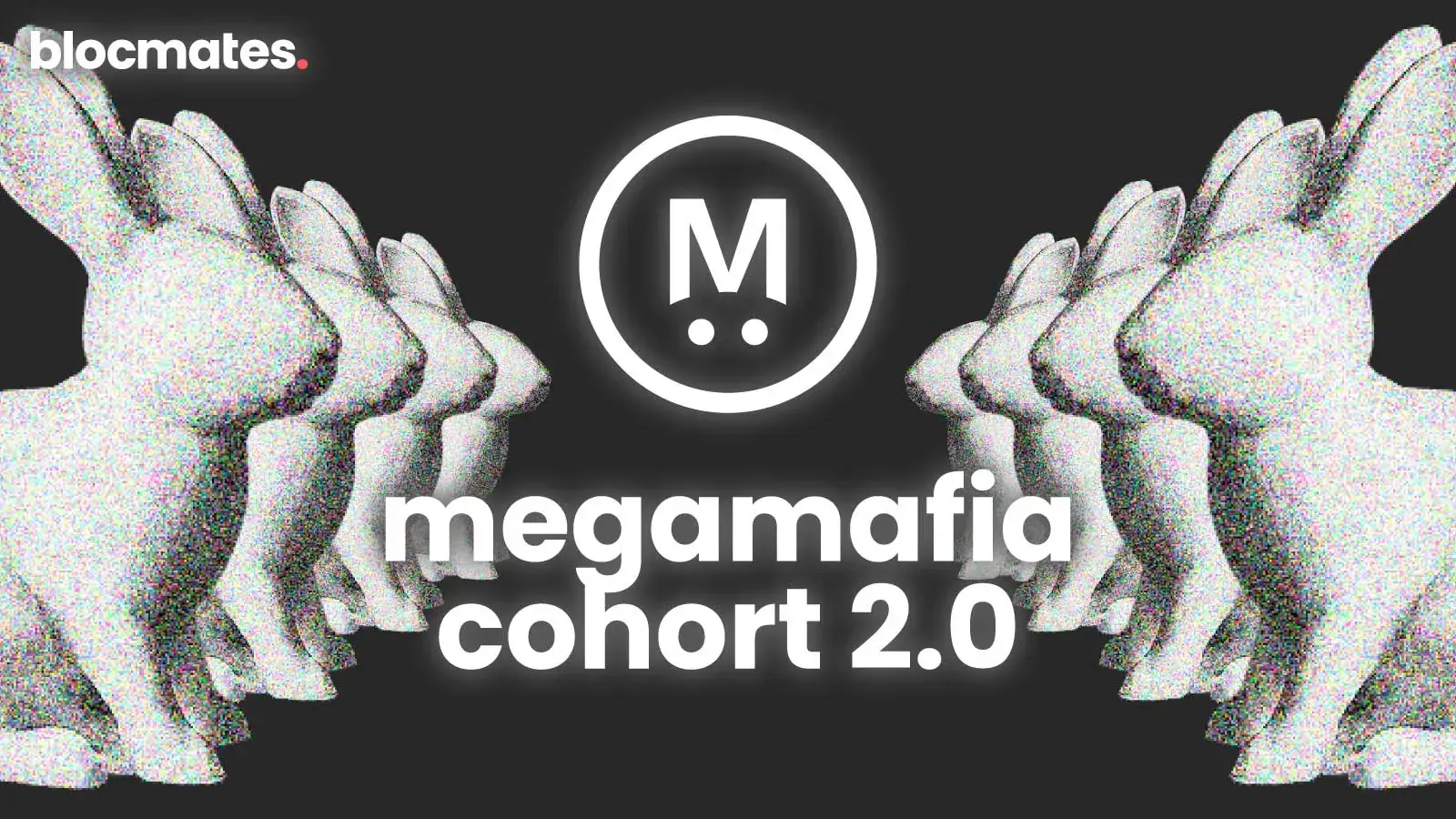
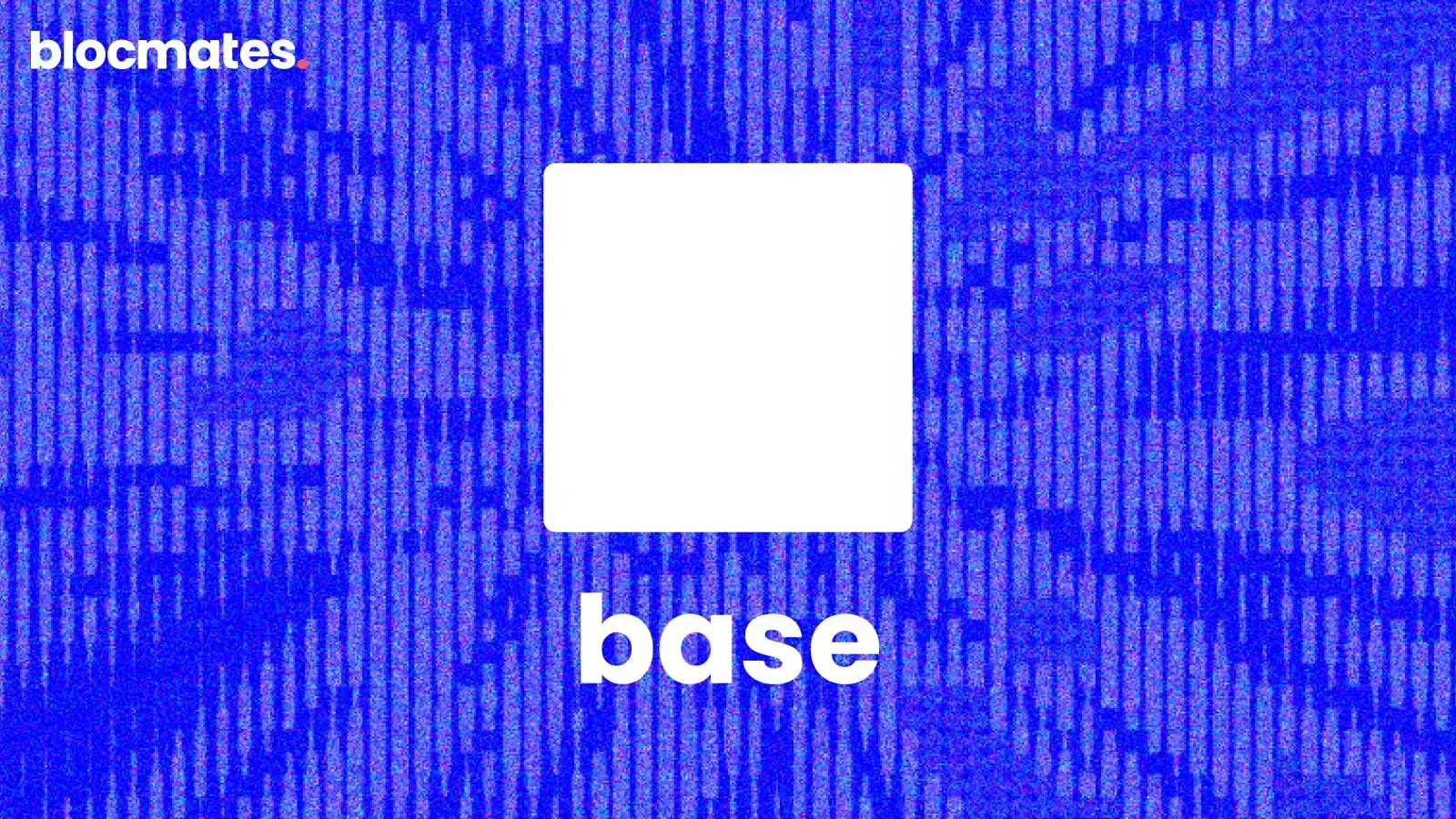



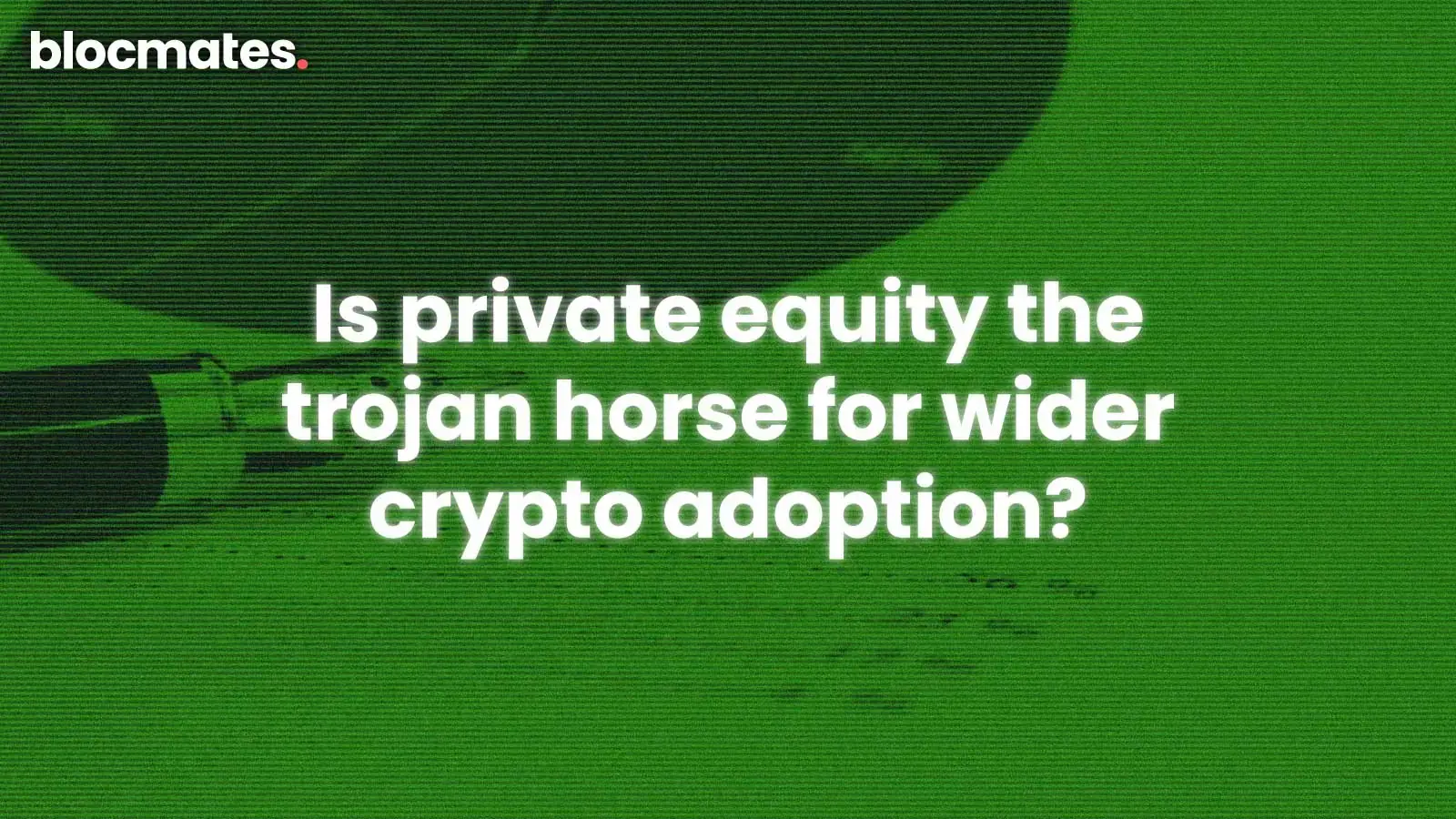
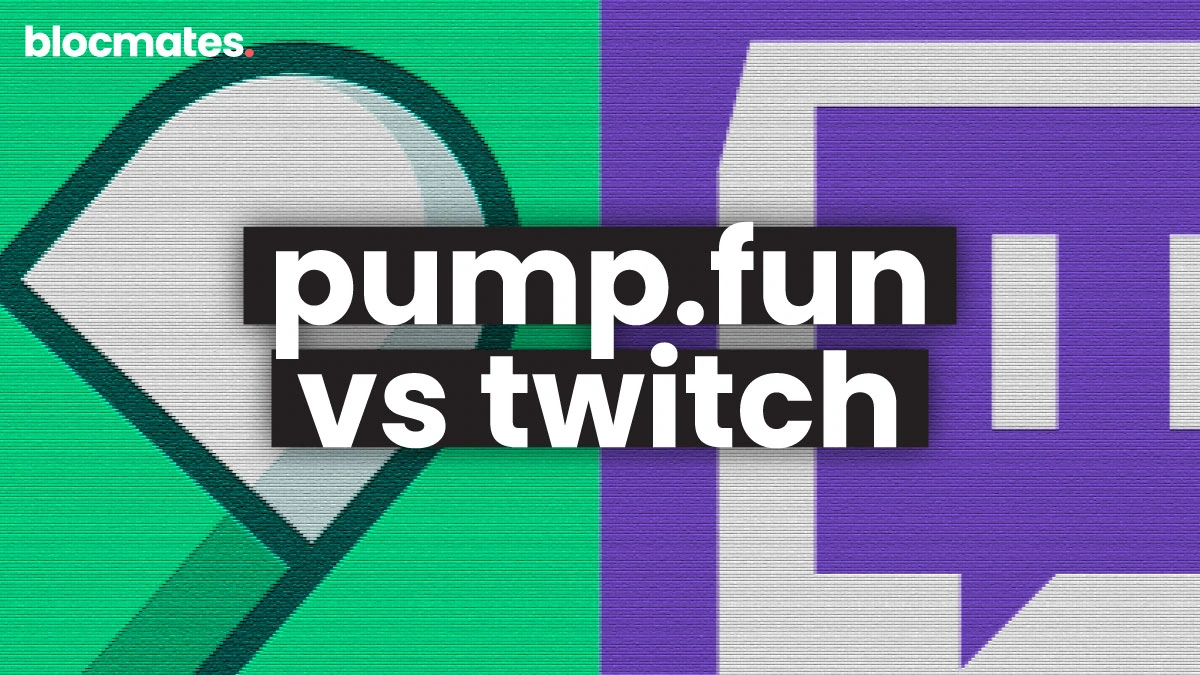

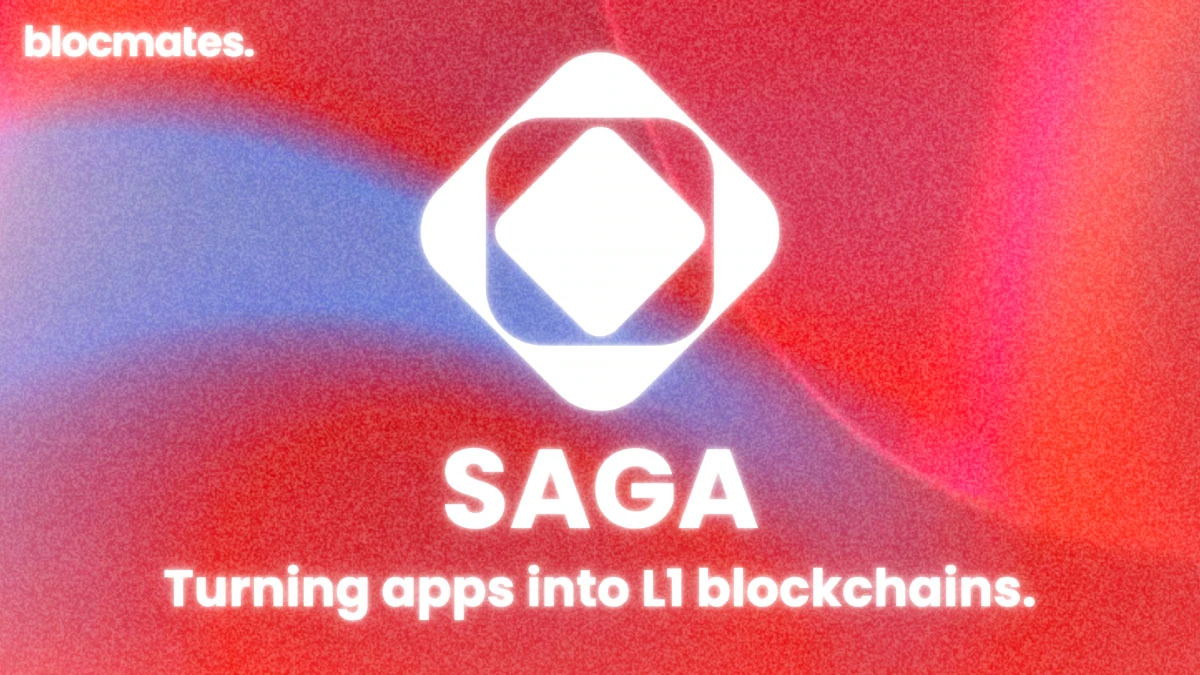
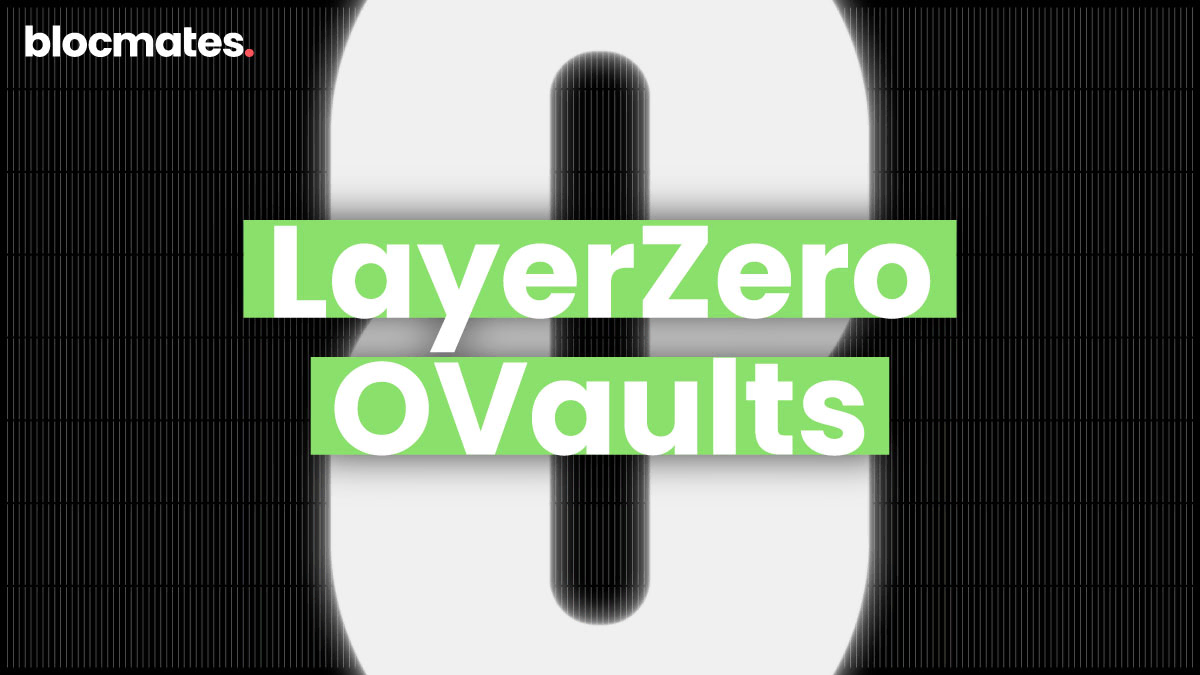

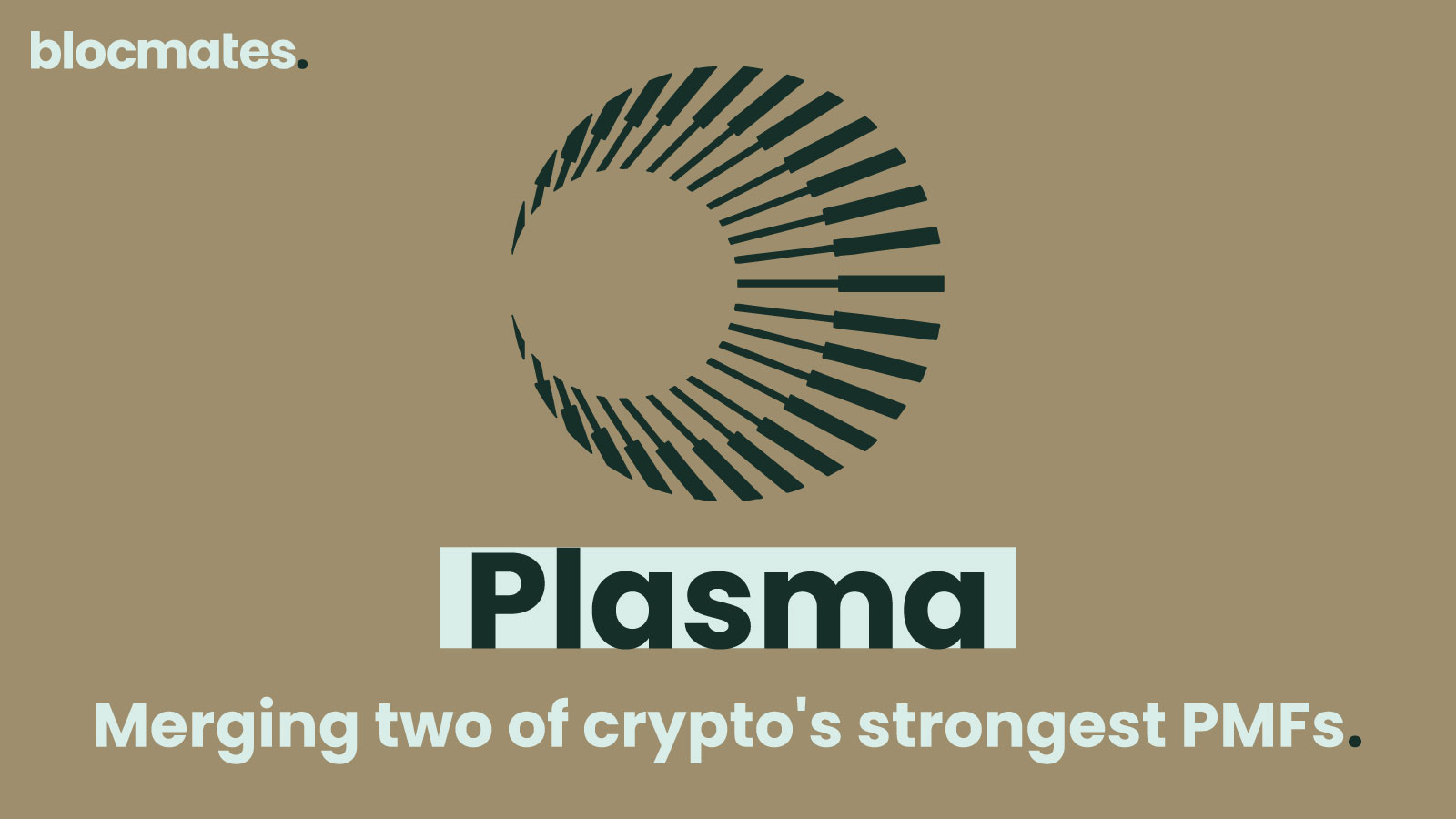



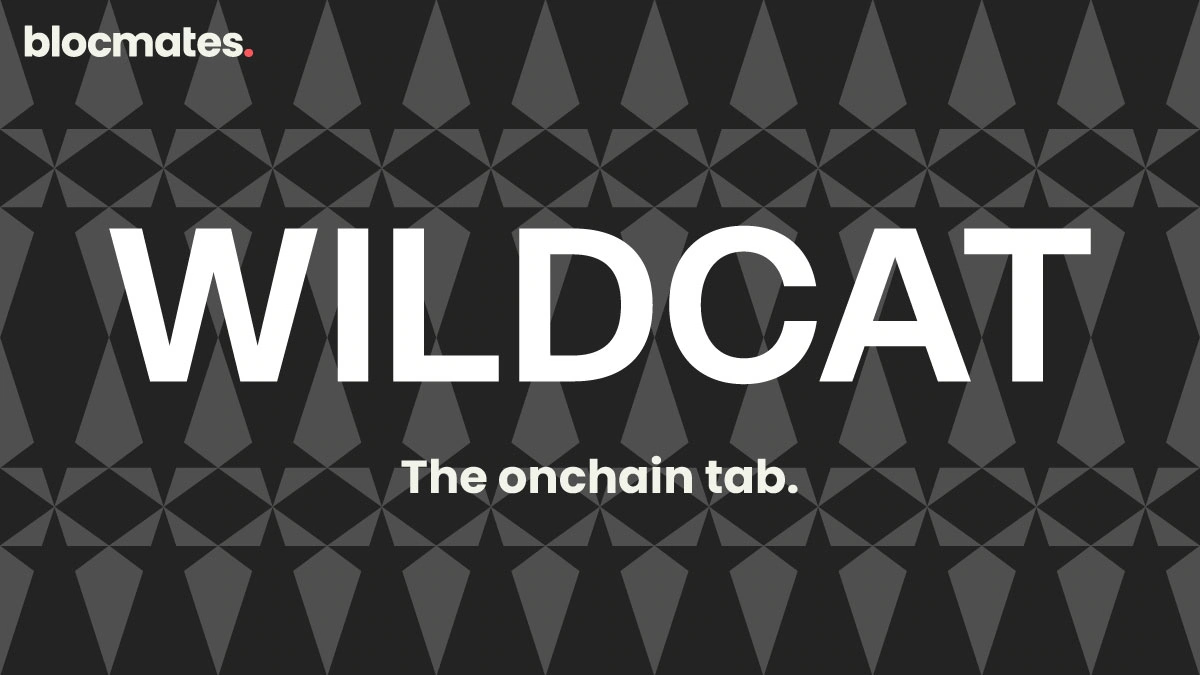
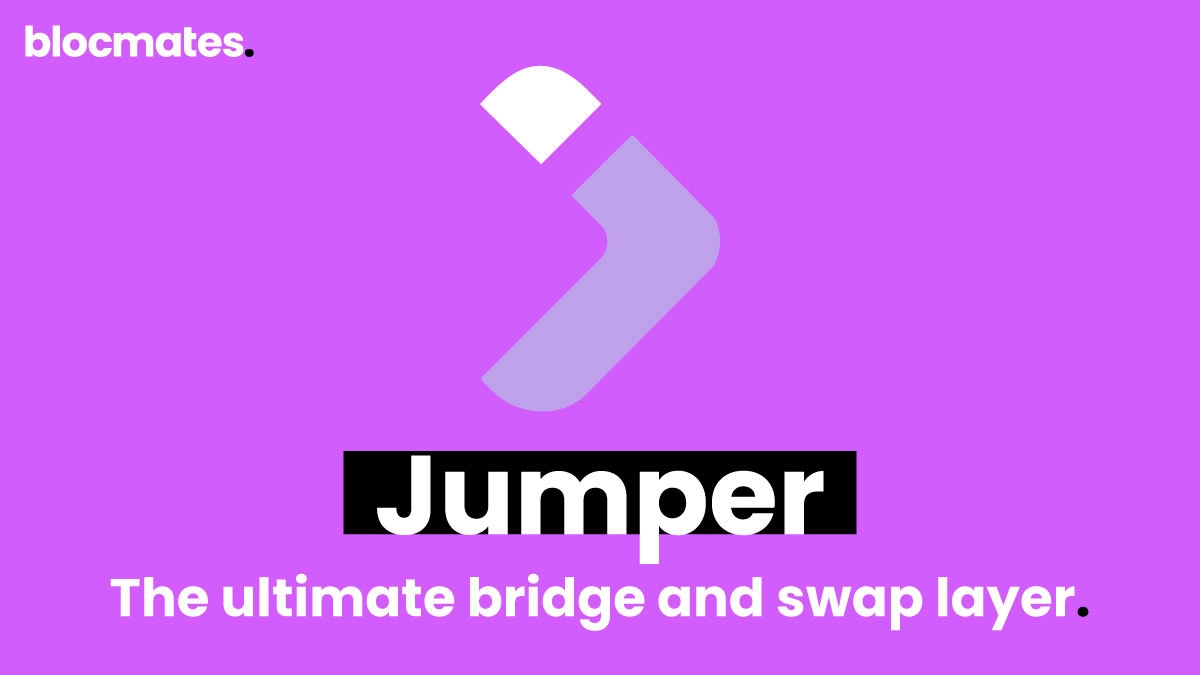
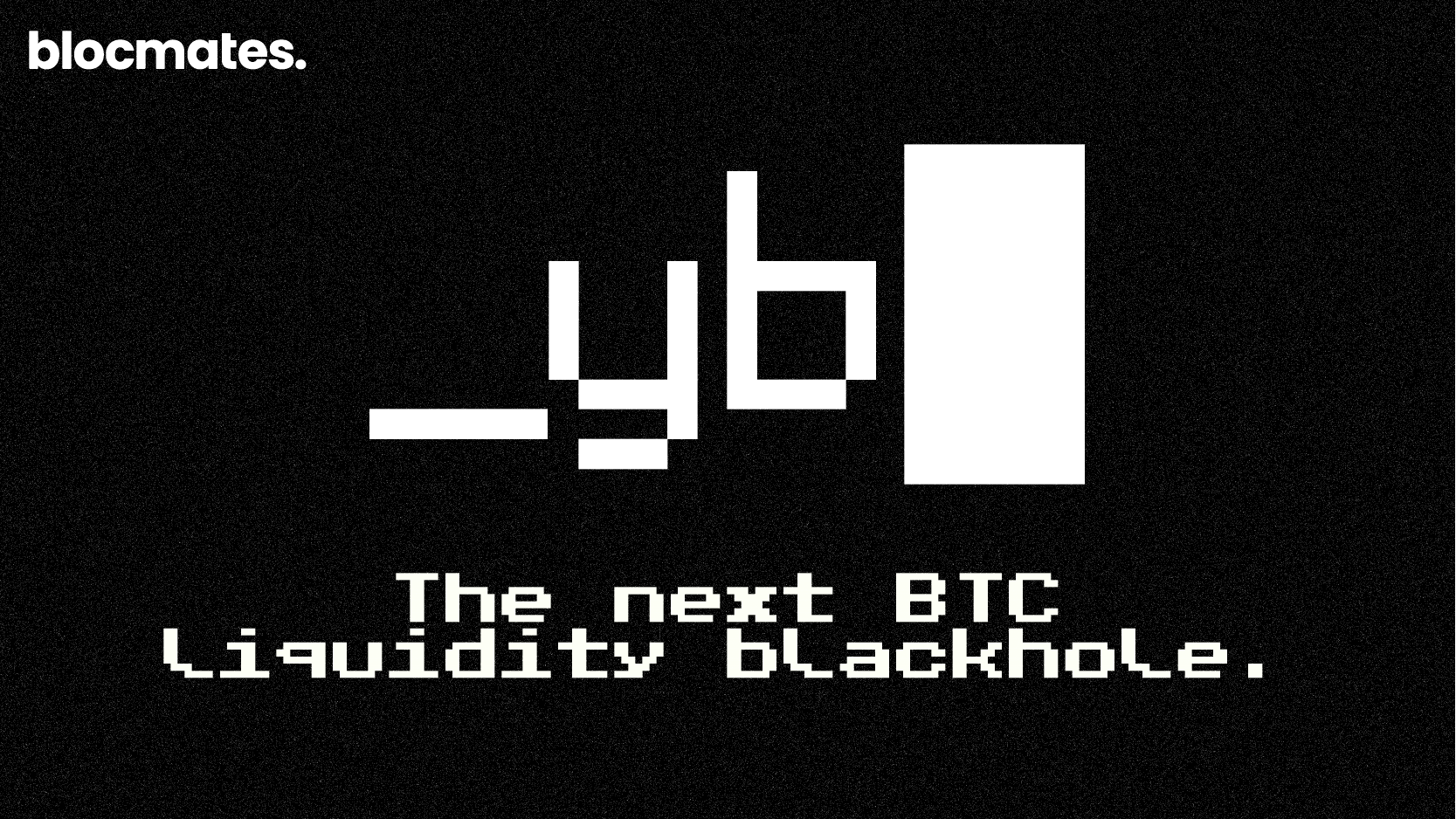
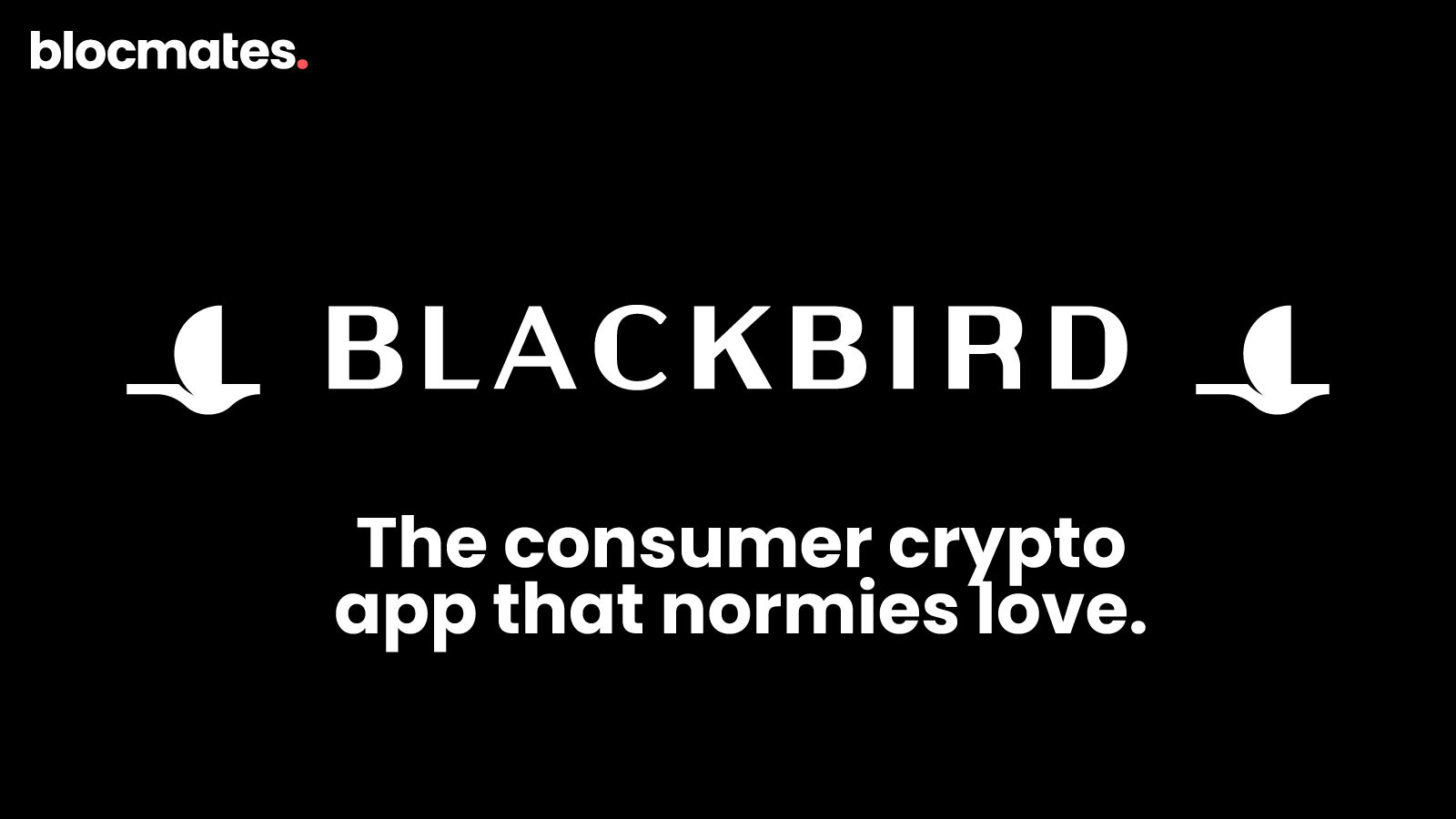


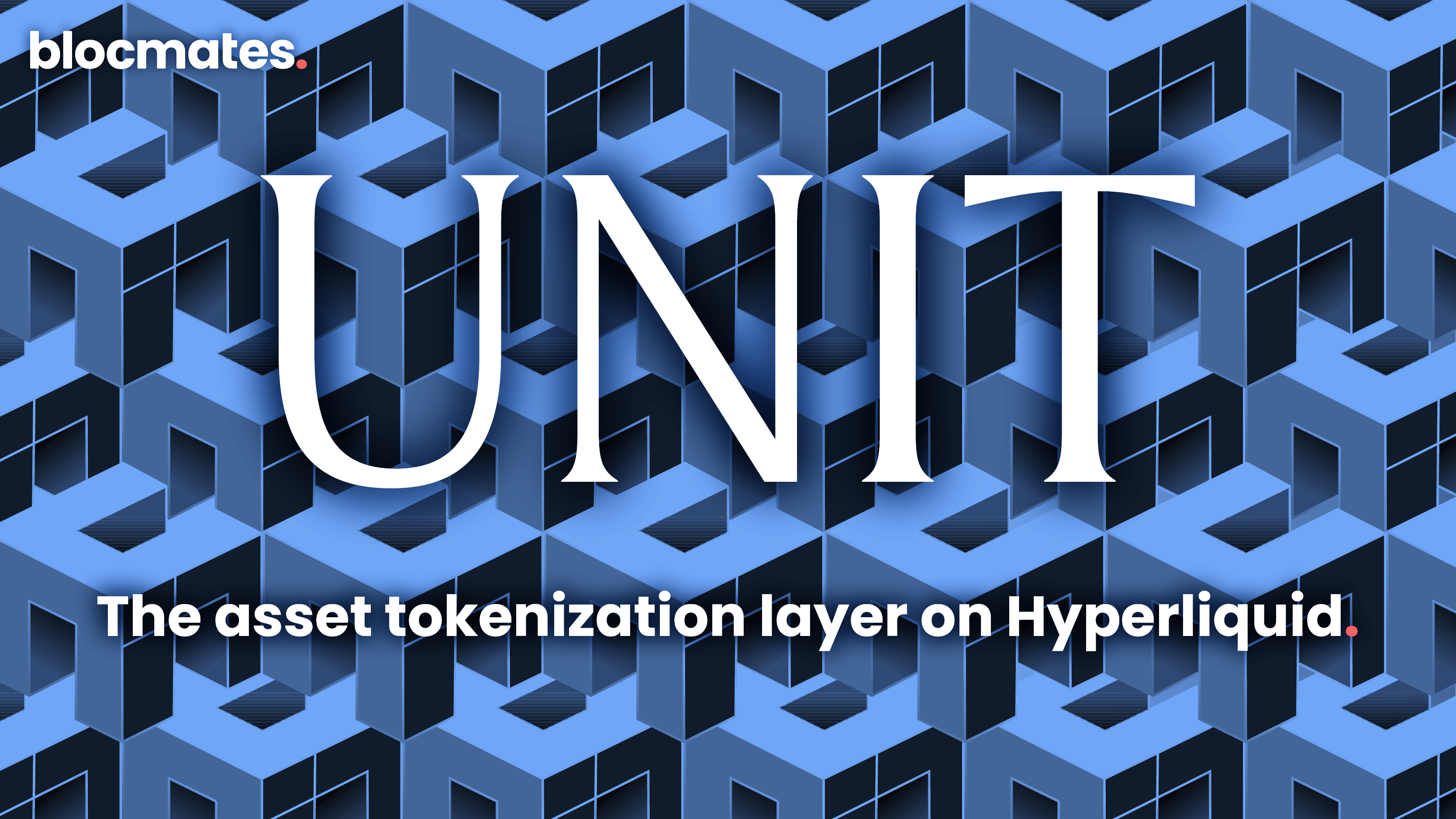
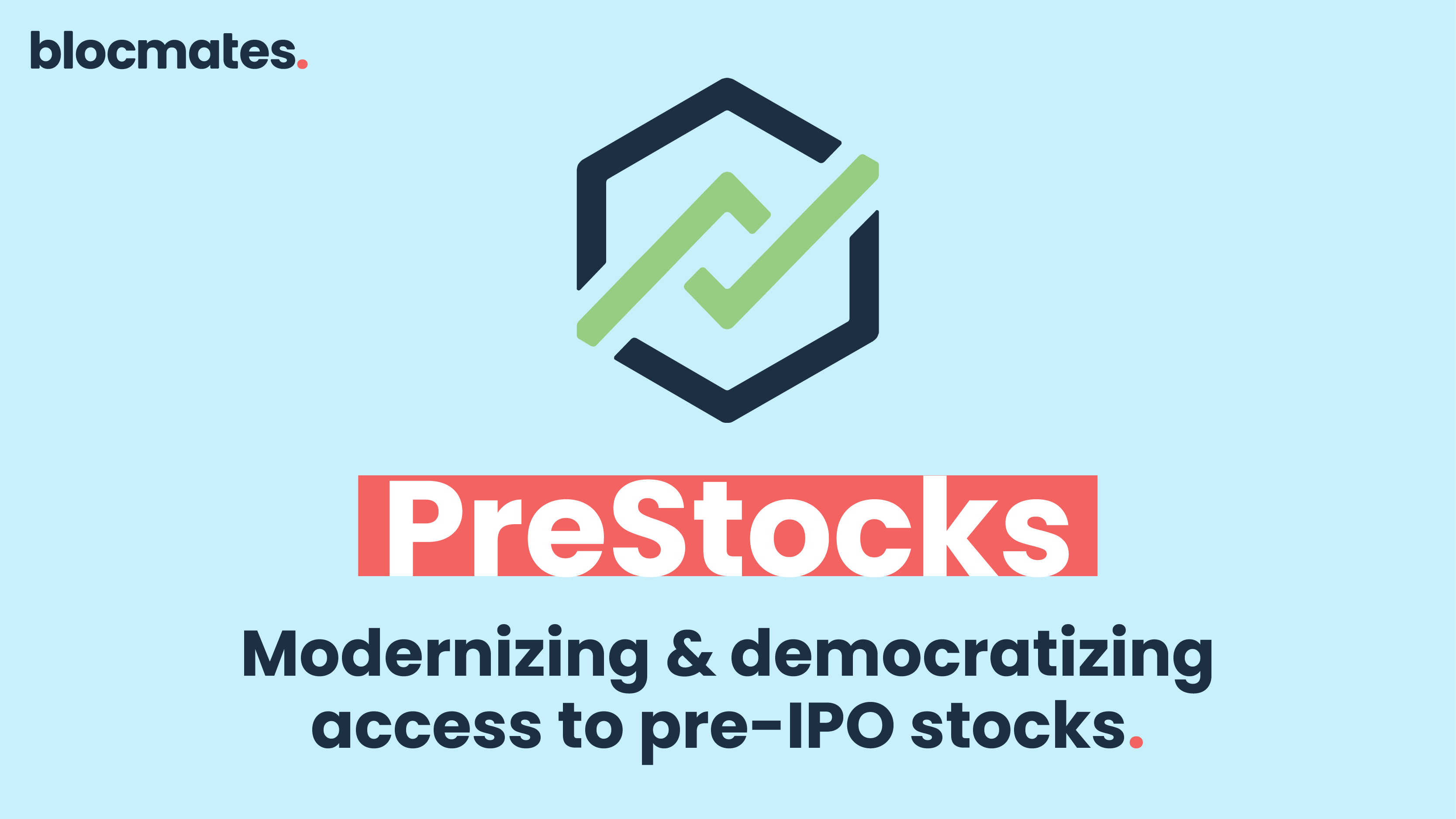

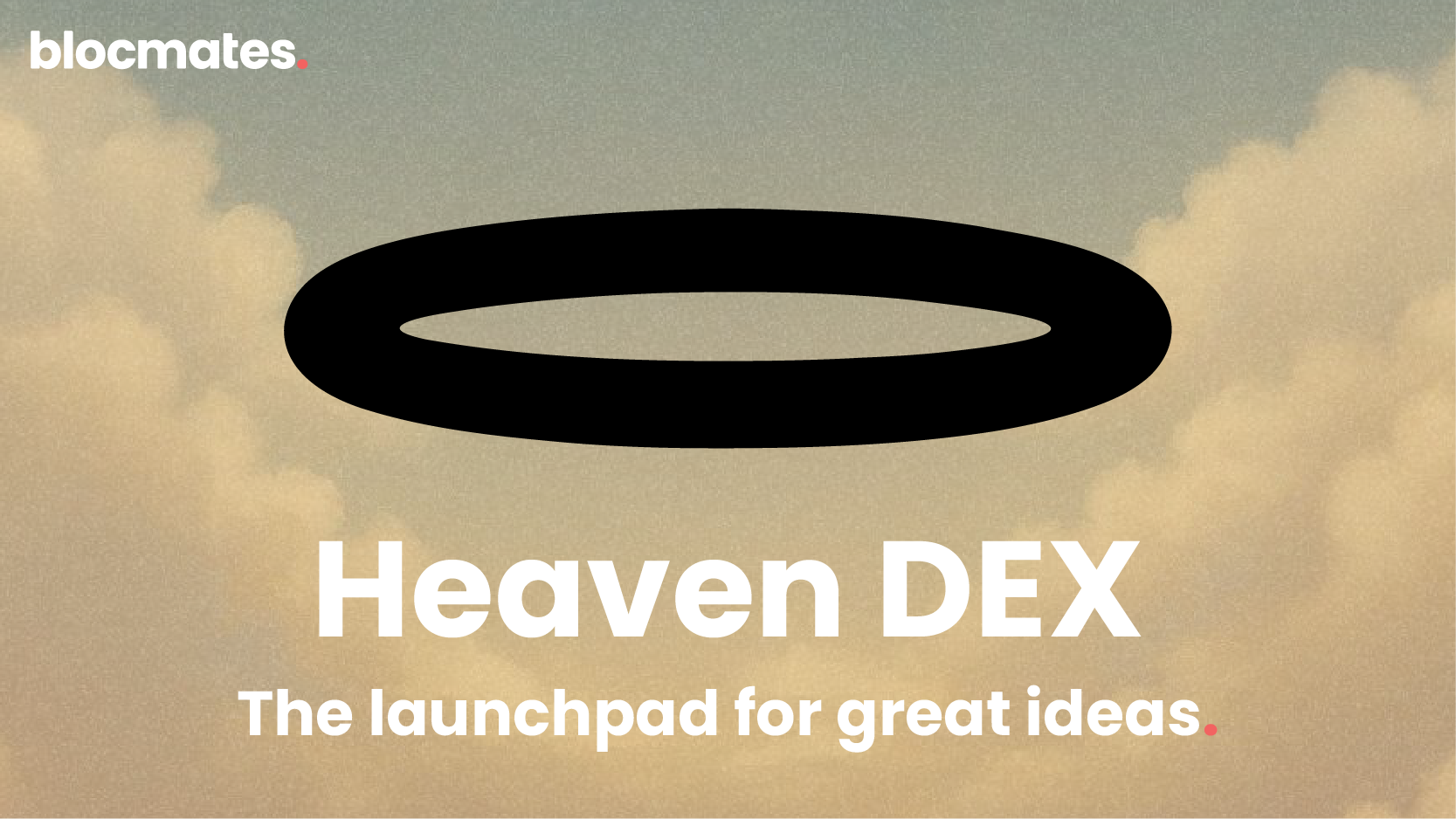

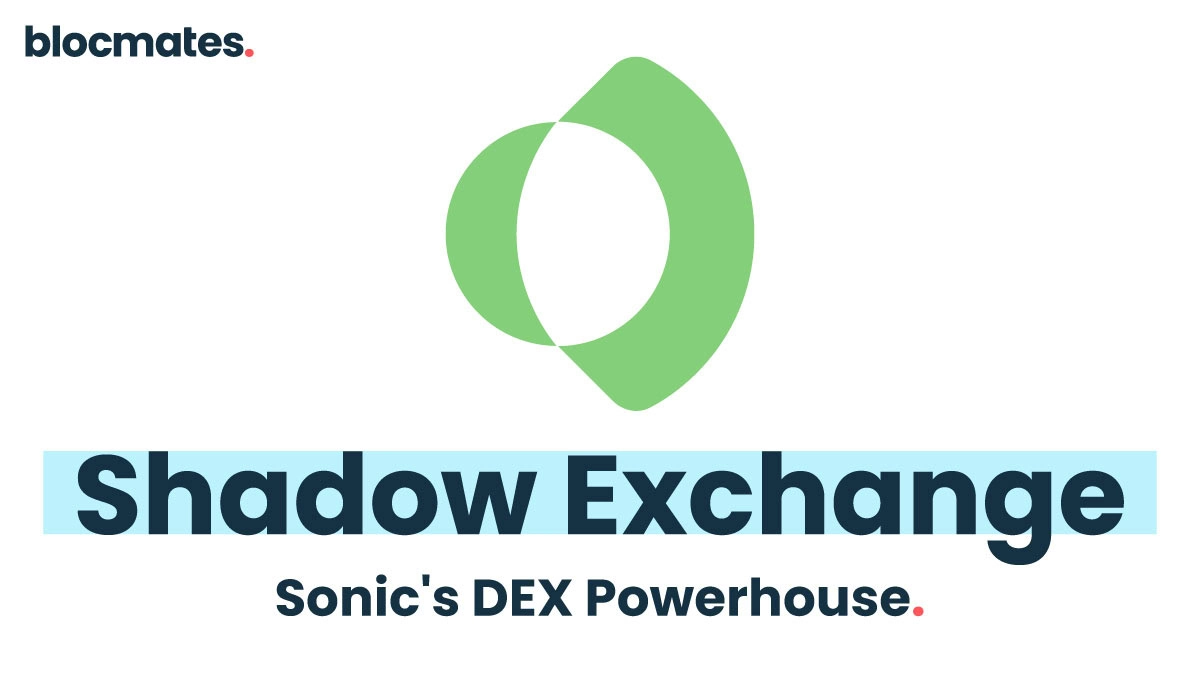
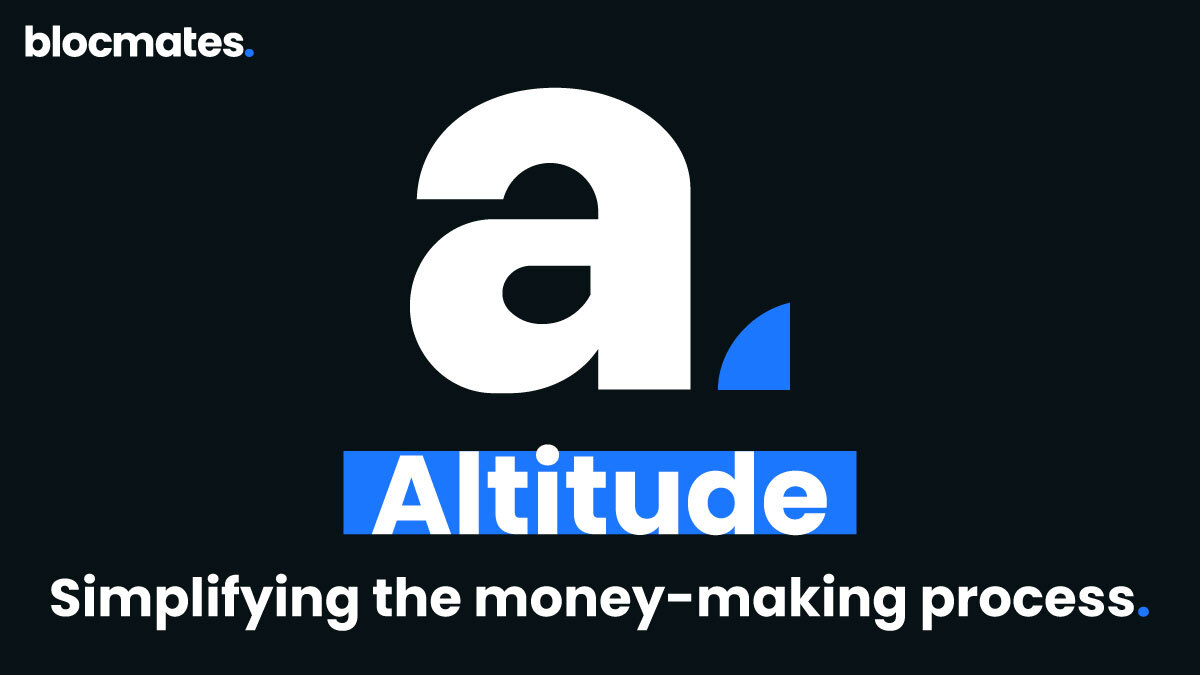

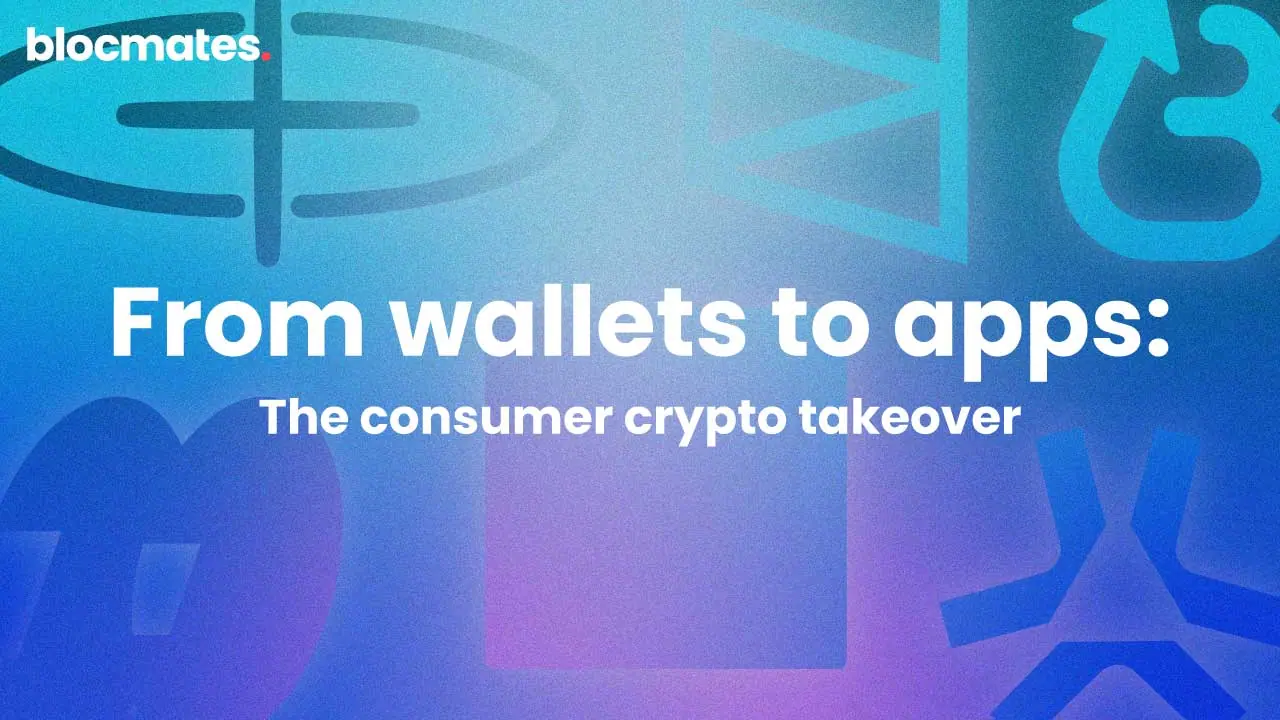
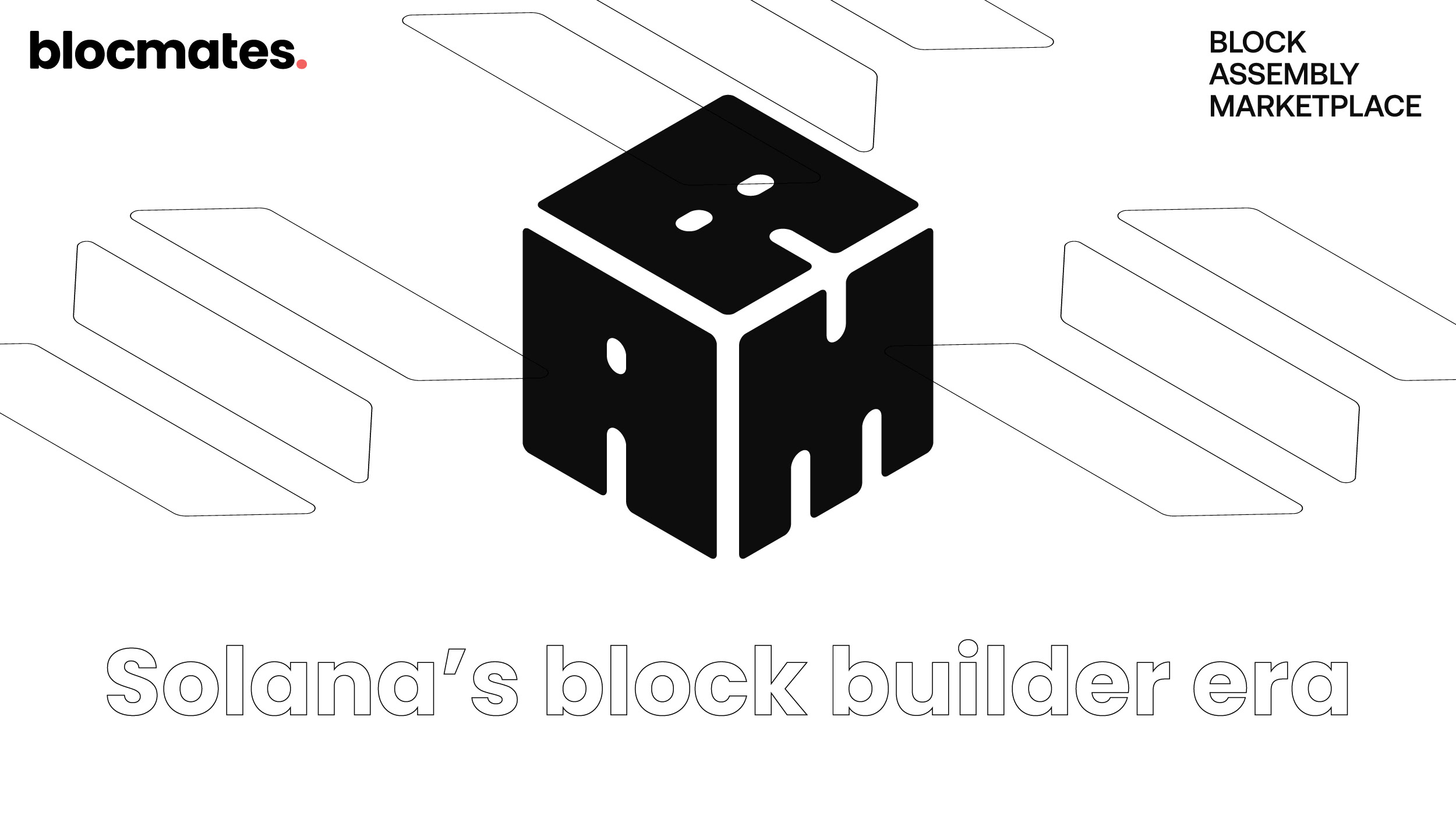

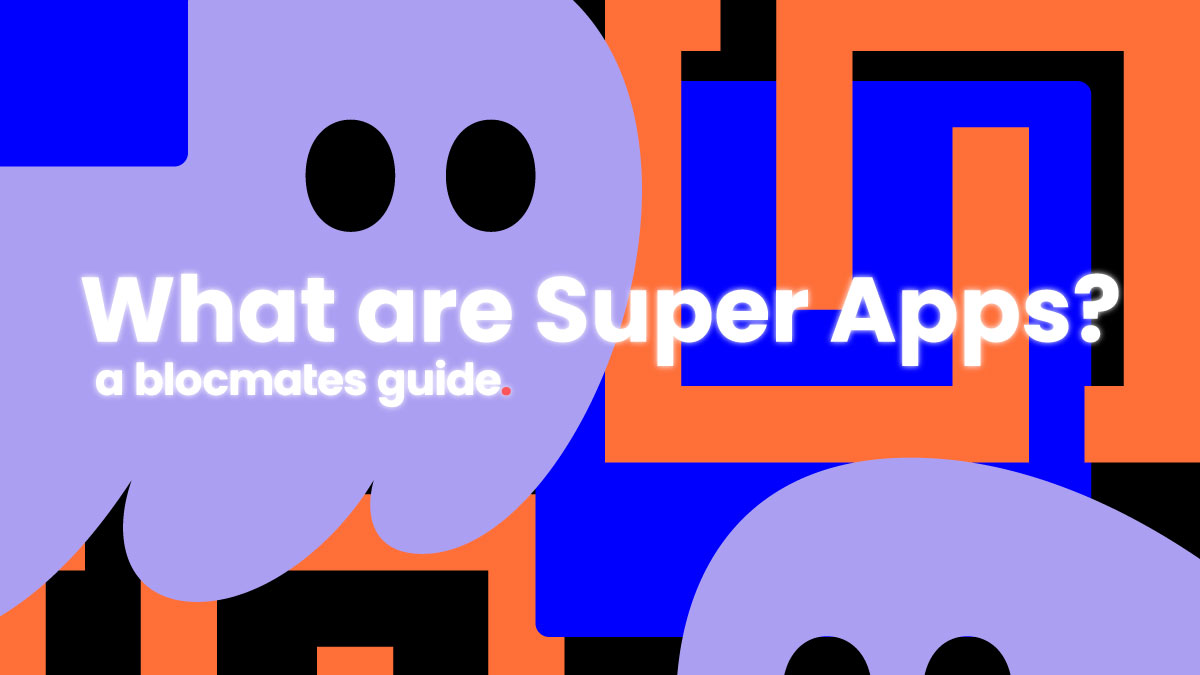
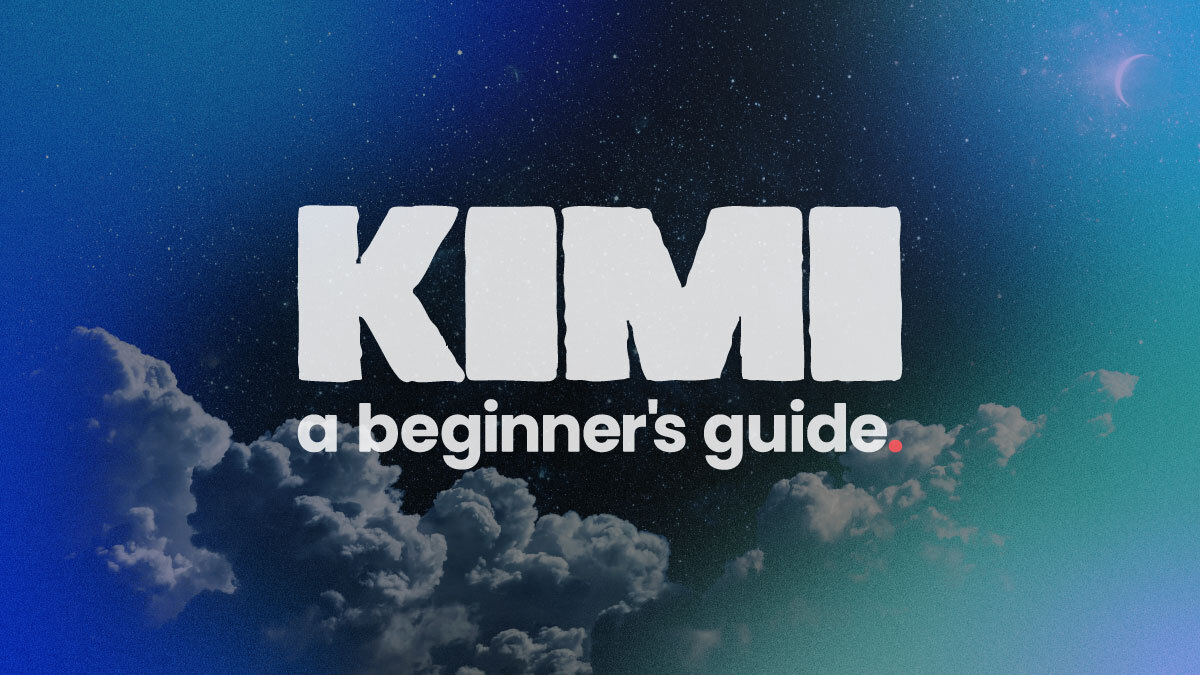
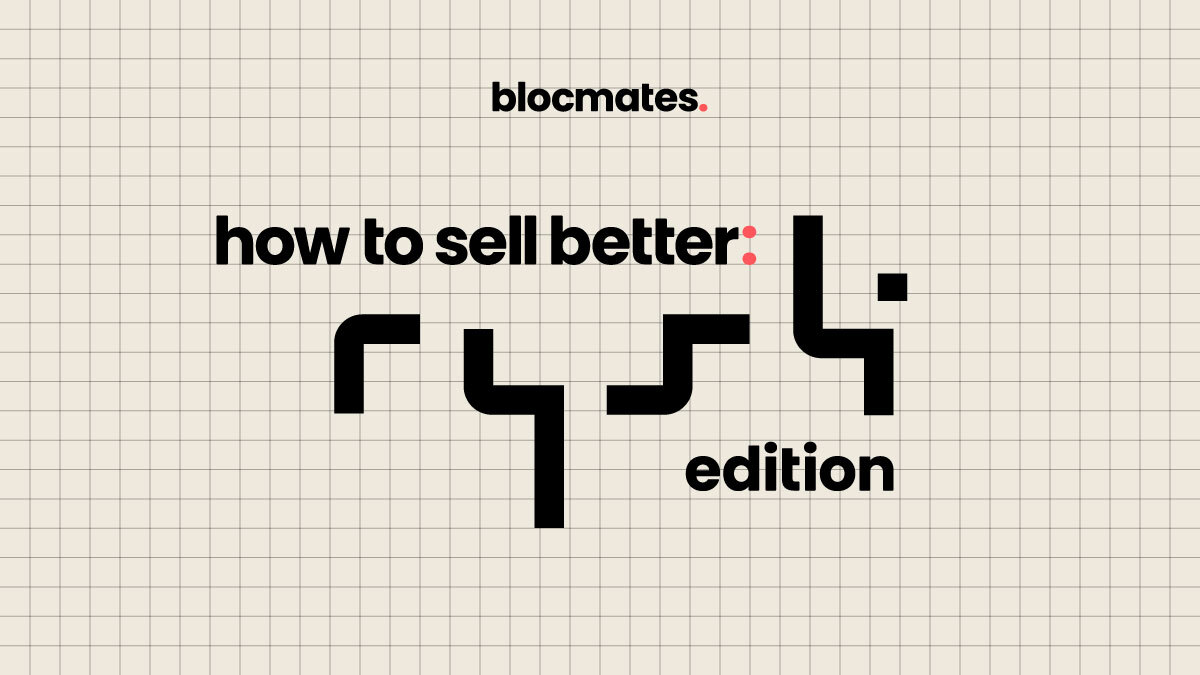























%202.webp)


.webp)

.webp)
.webp)
.webp)


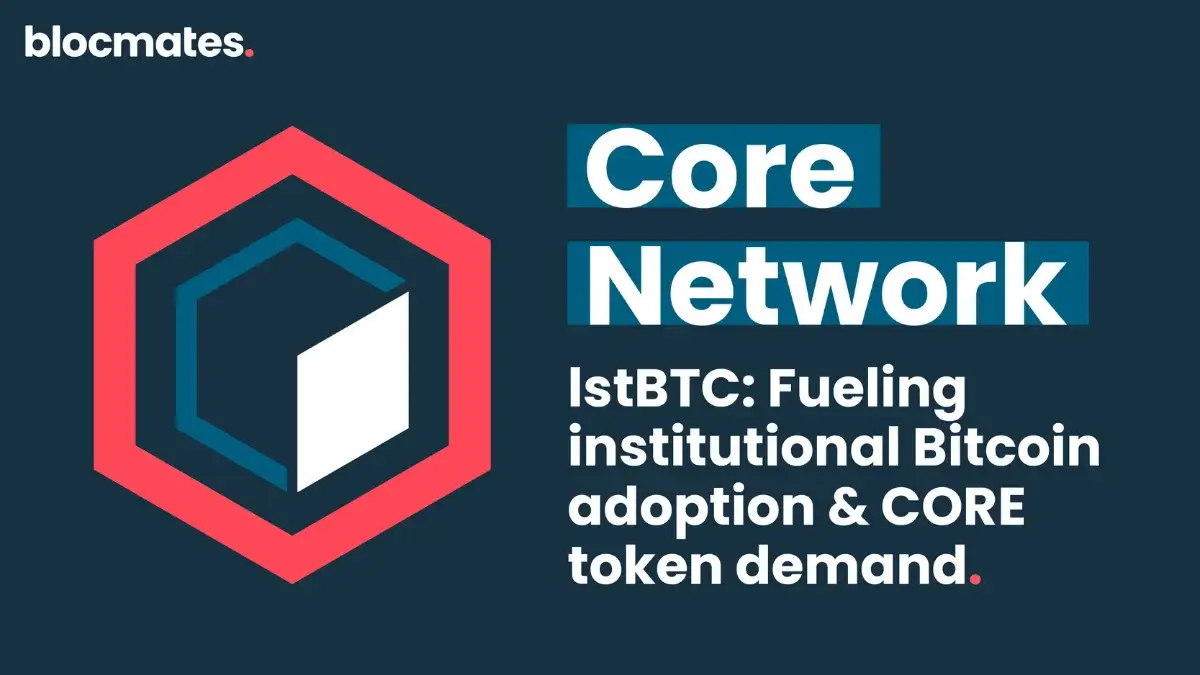
.webp)

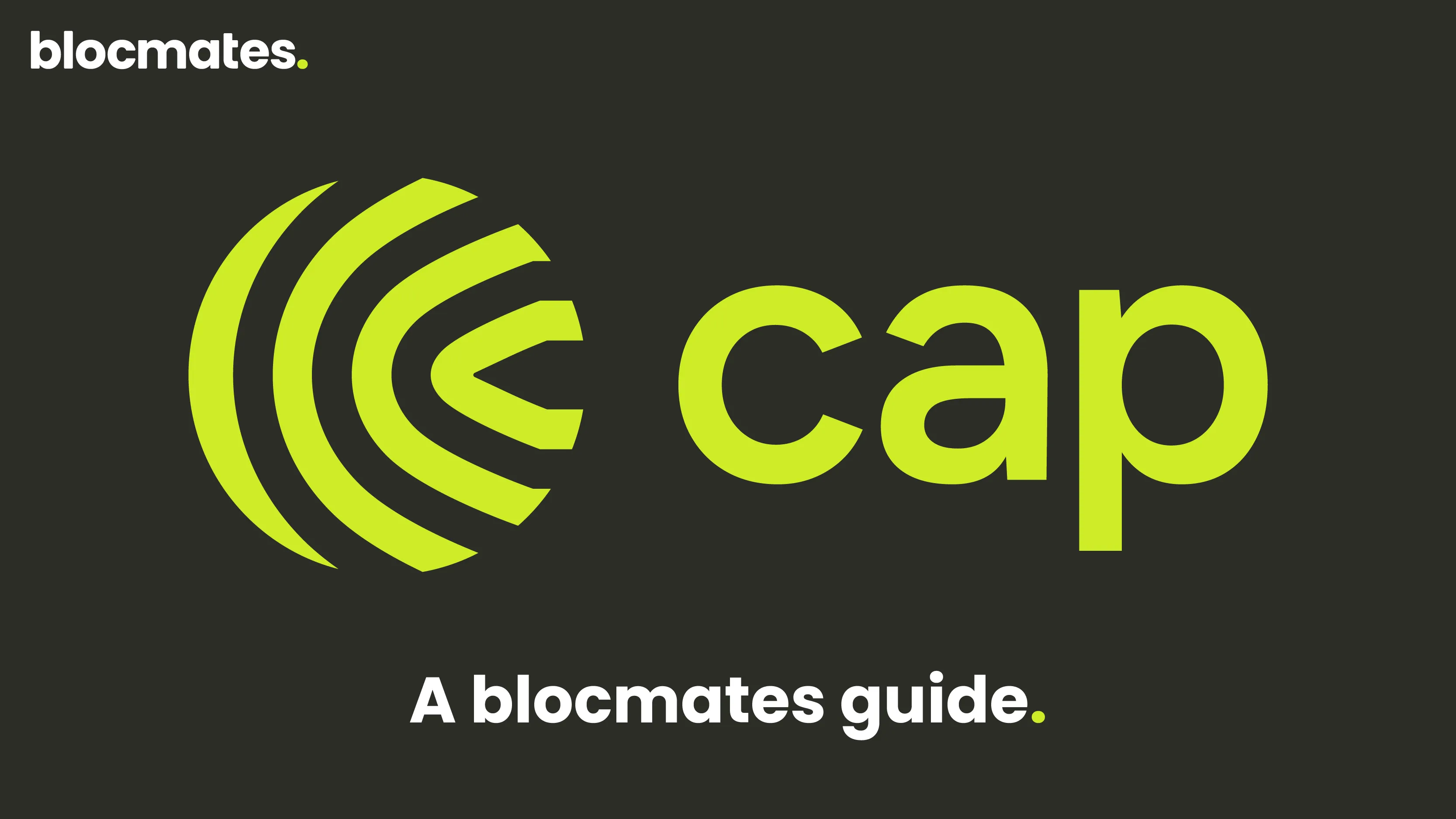










%20the%20Next%20Big%20Unlock%20in%20AI.webp)








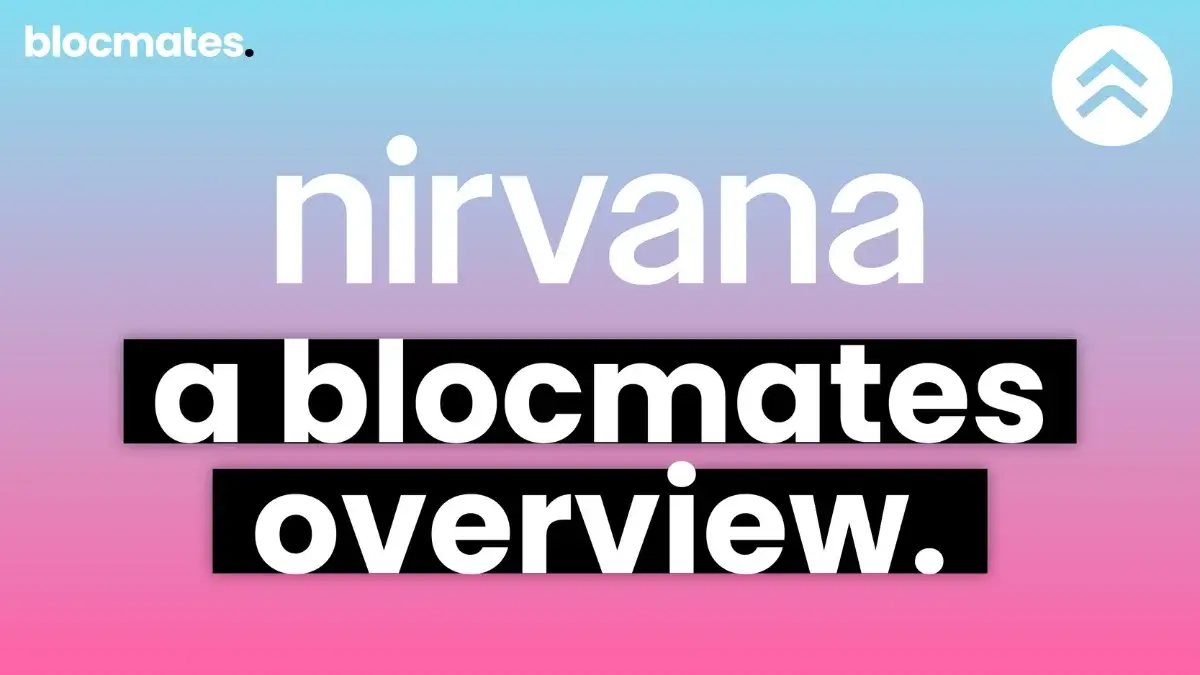

.webp)
.webp)

.webp)
.webp)
.webp)


.webp)
.webp)










.webp)


.webp)






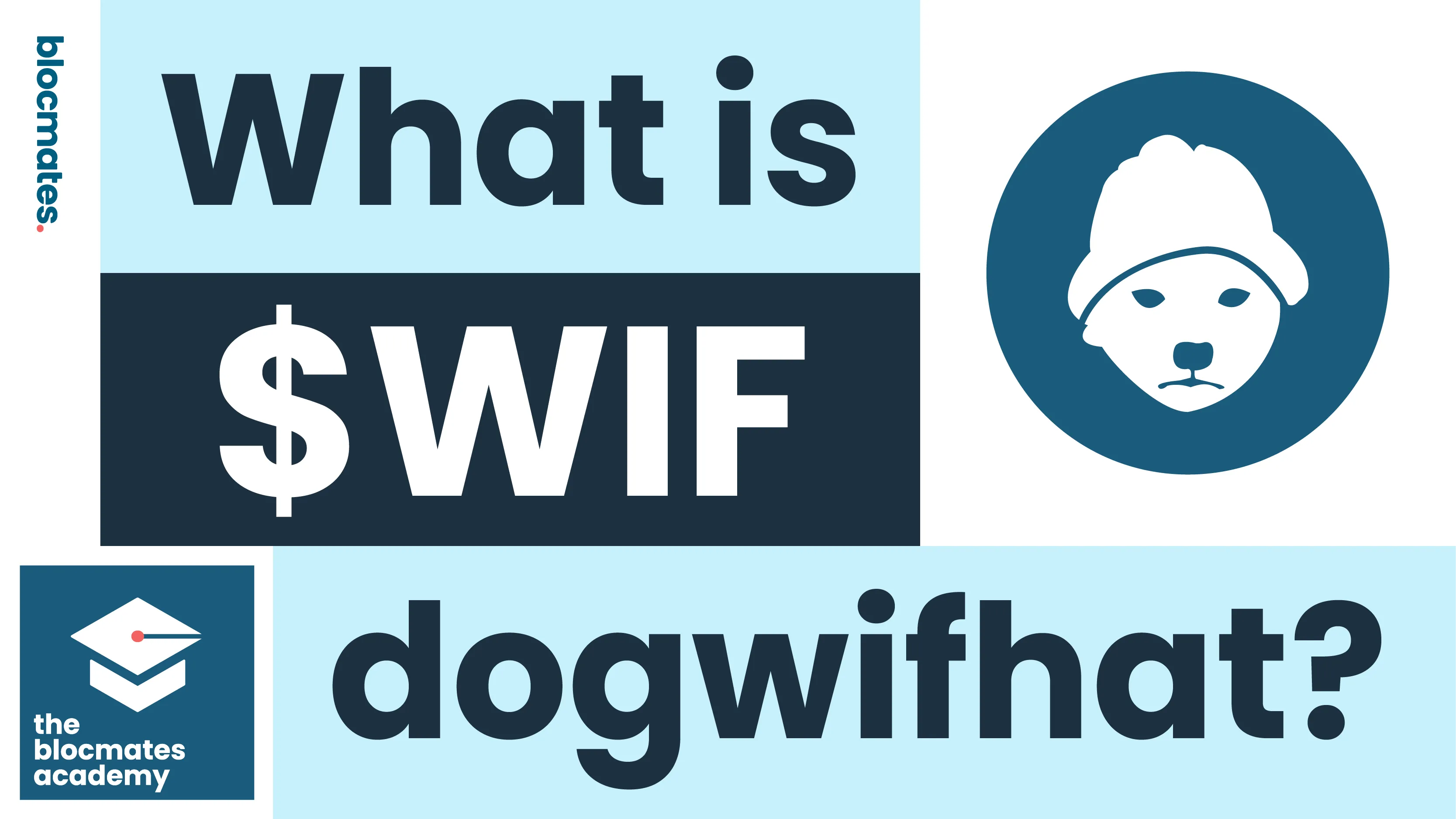


.webp)







.webp)
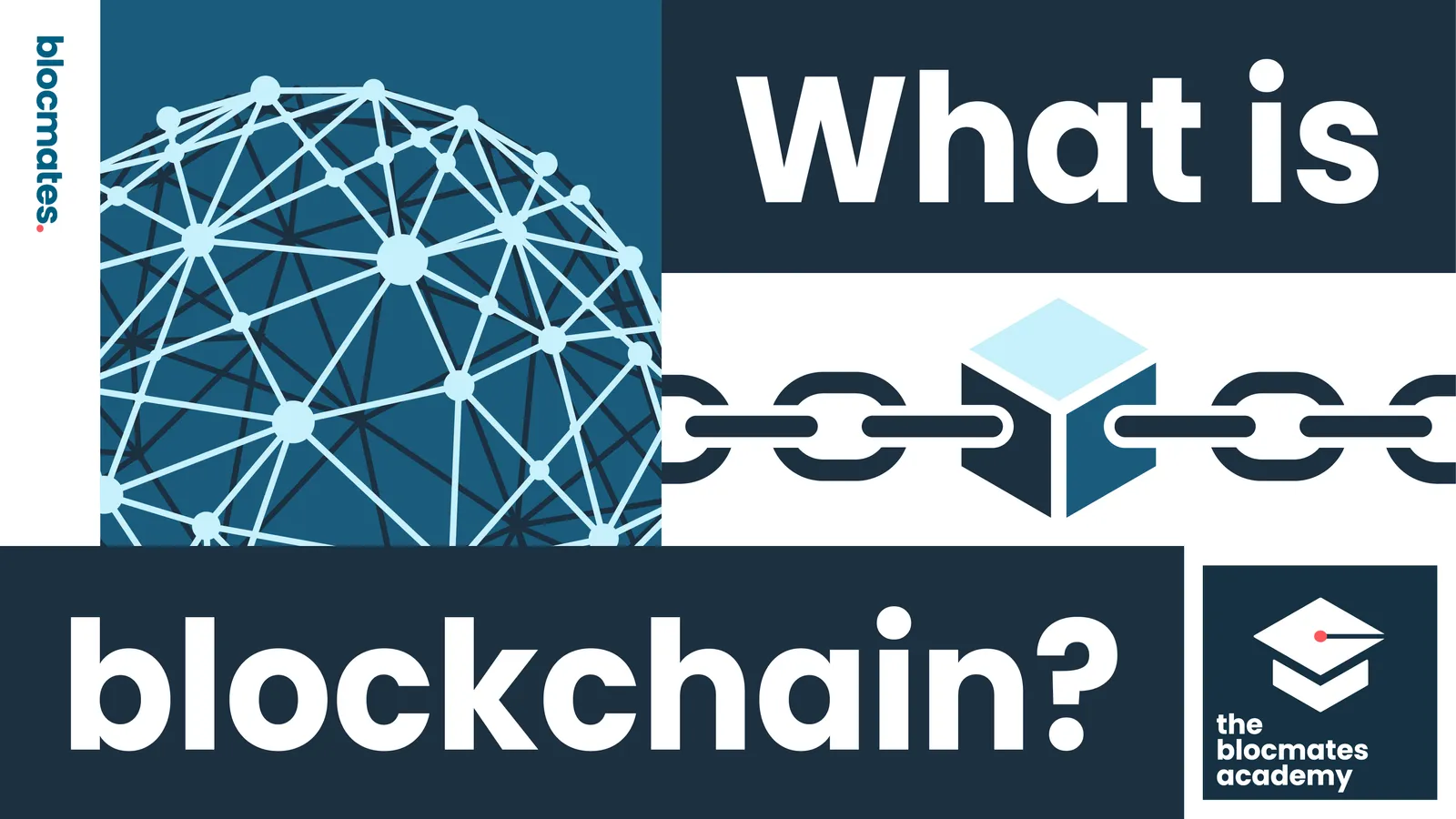



.webp)










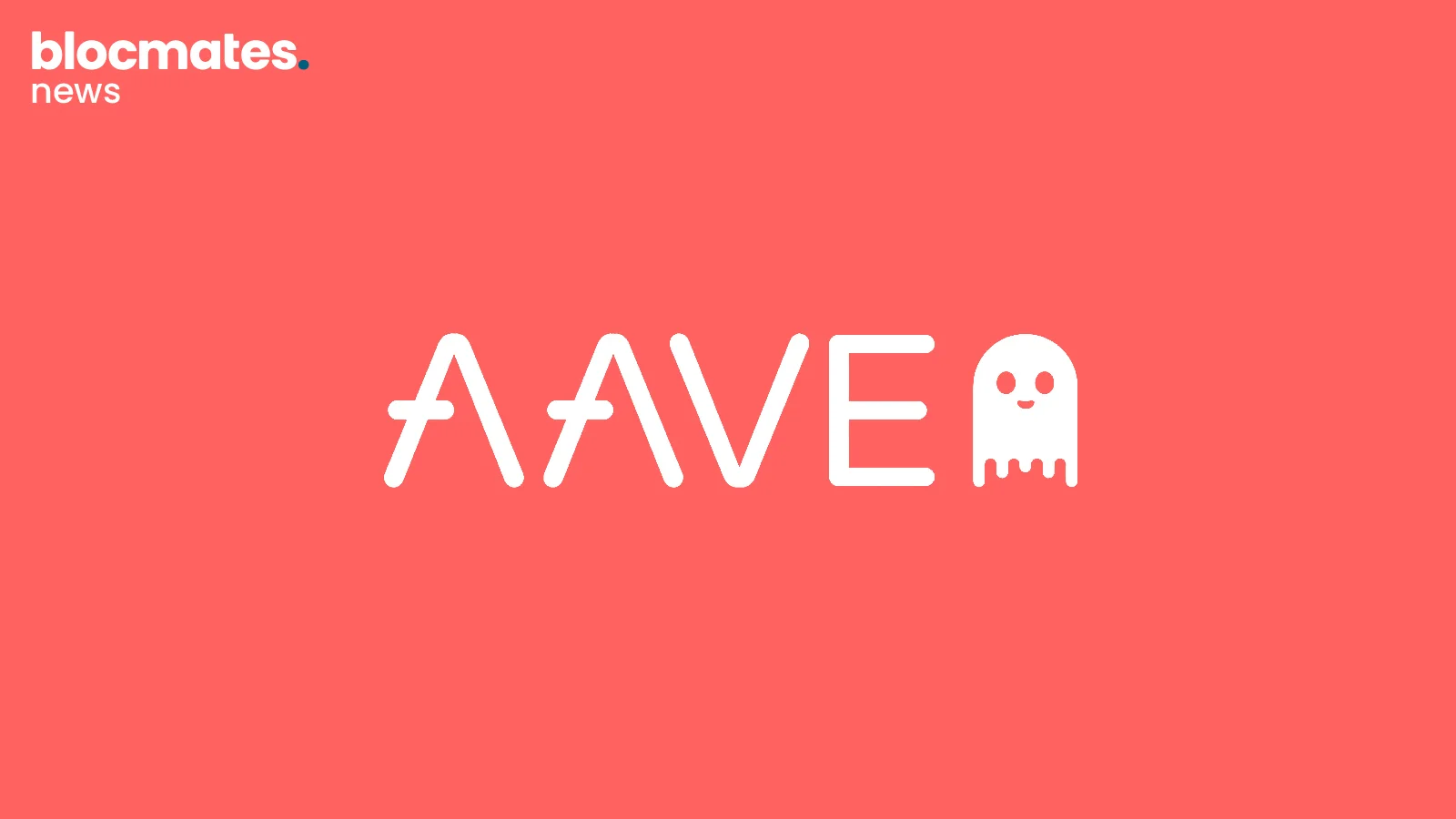






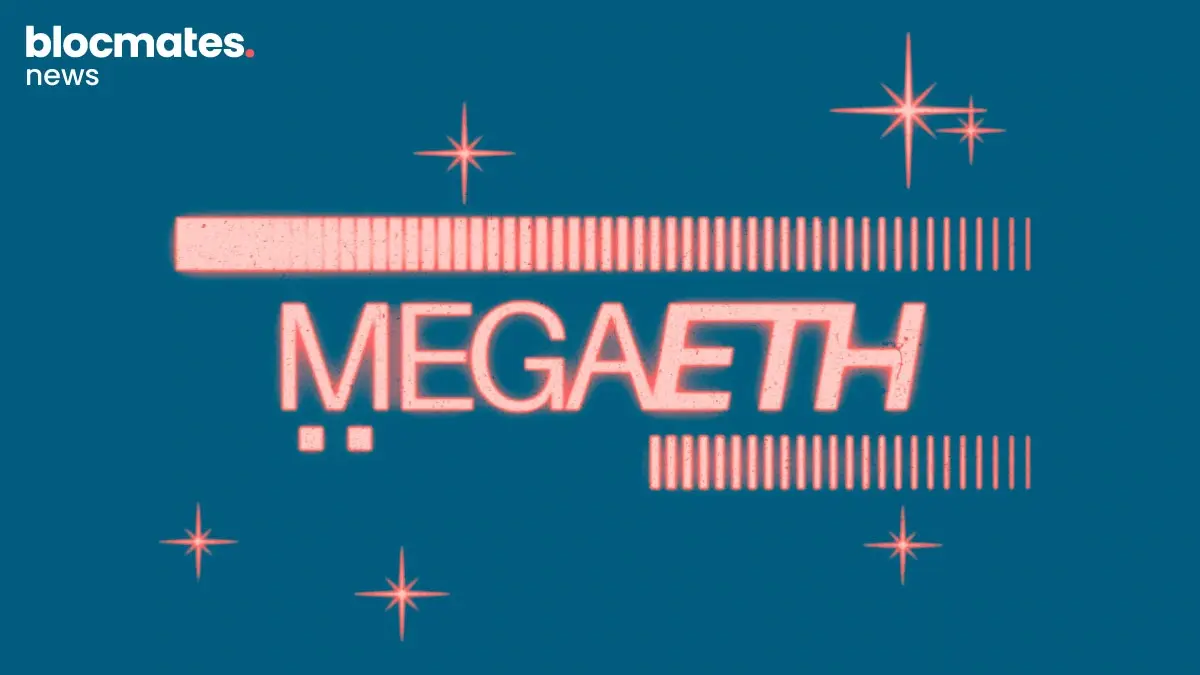



.webp)





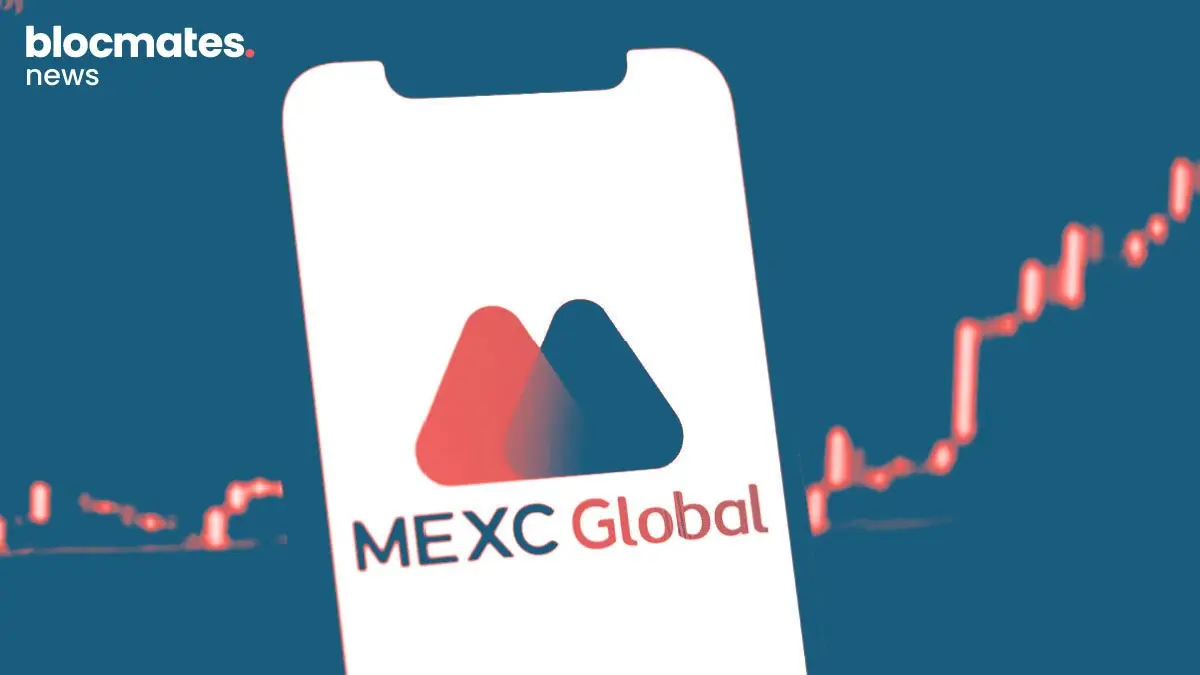

.webp)



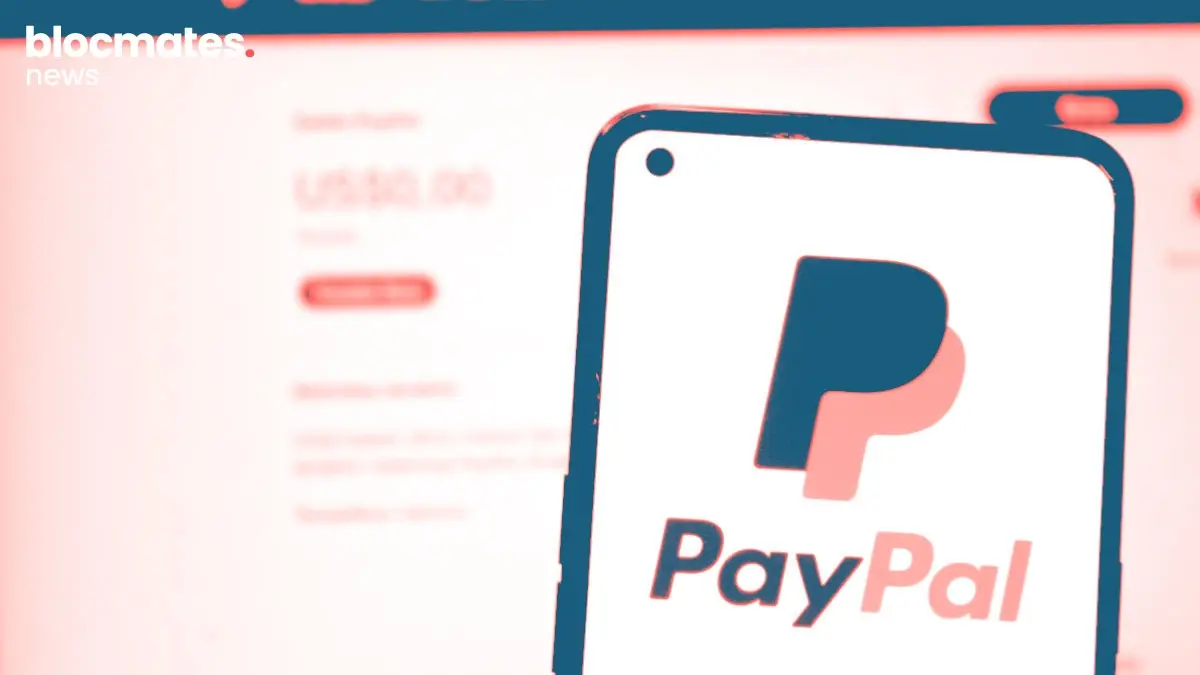
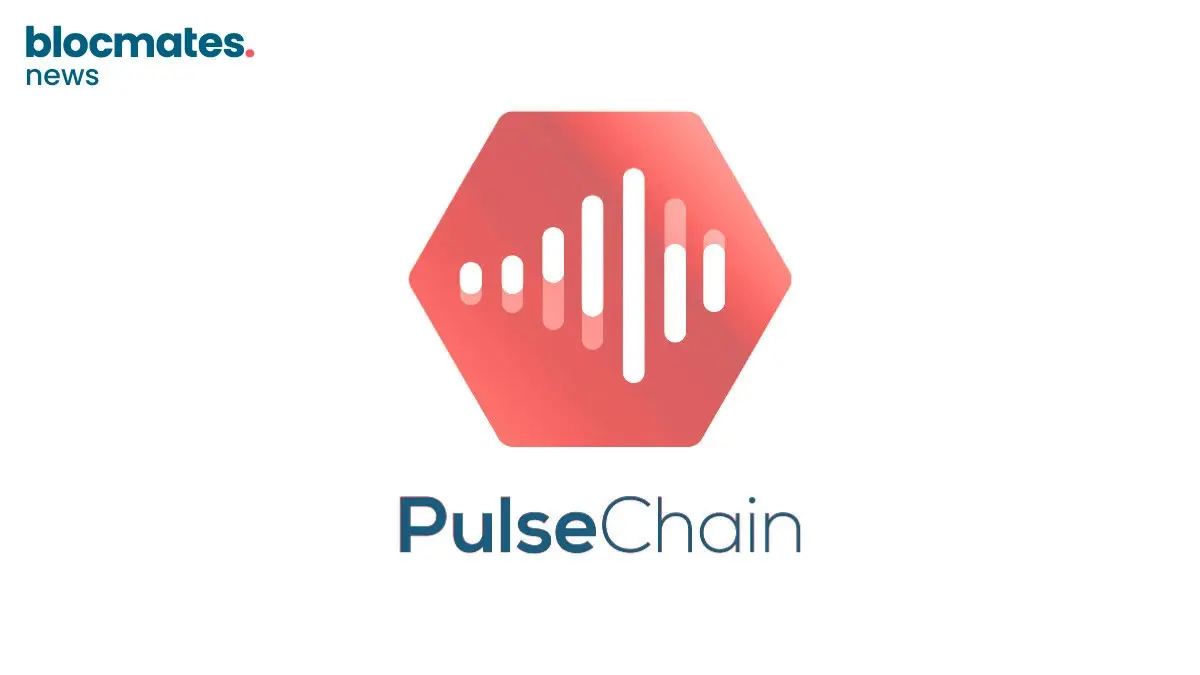
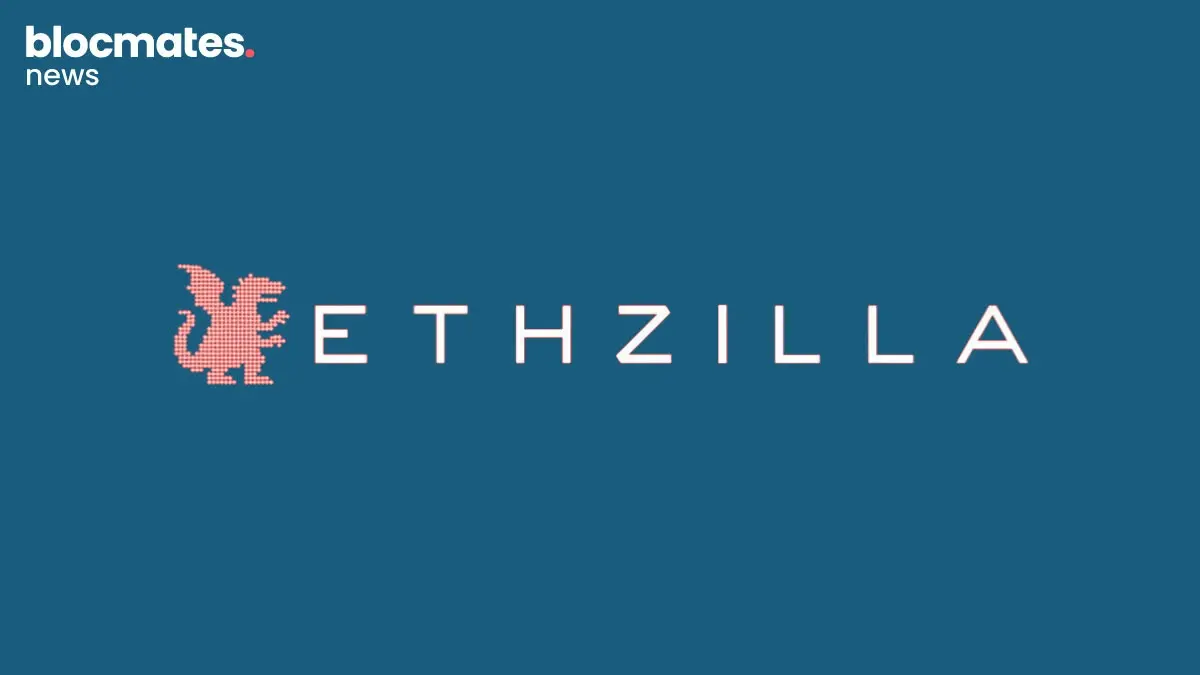
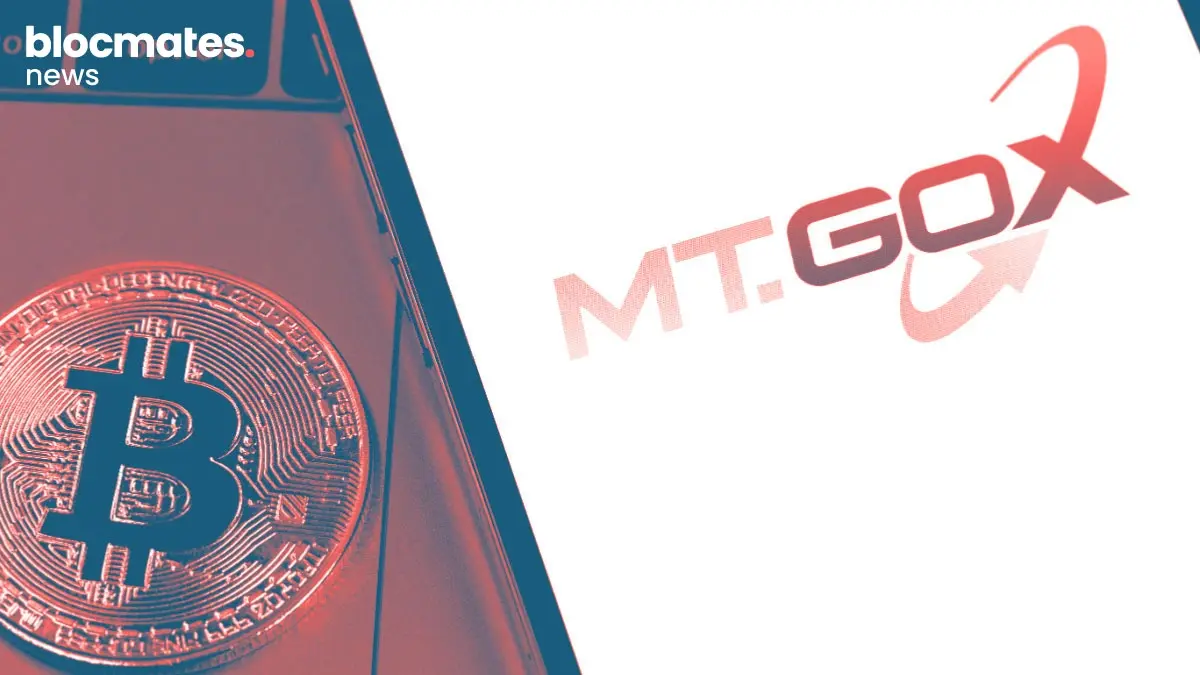




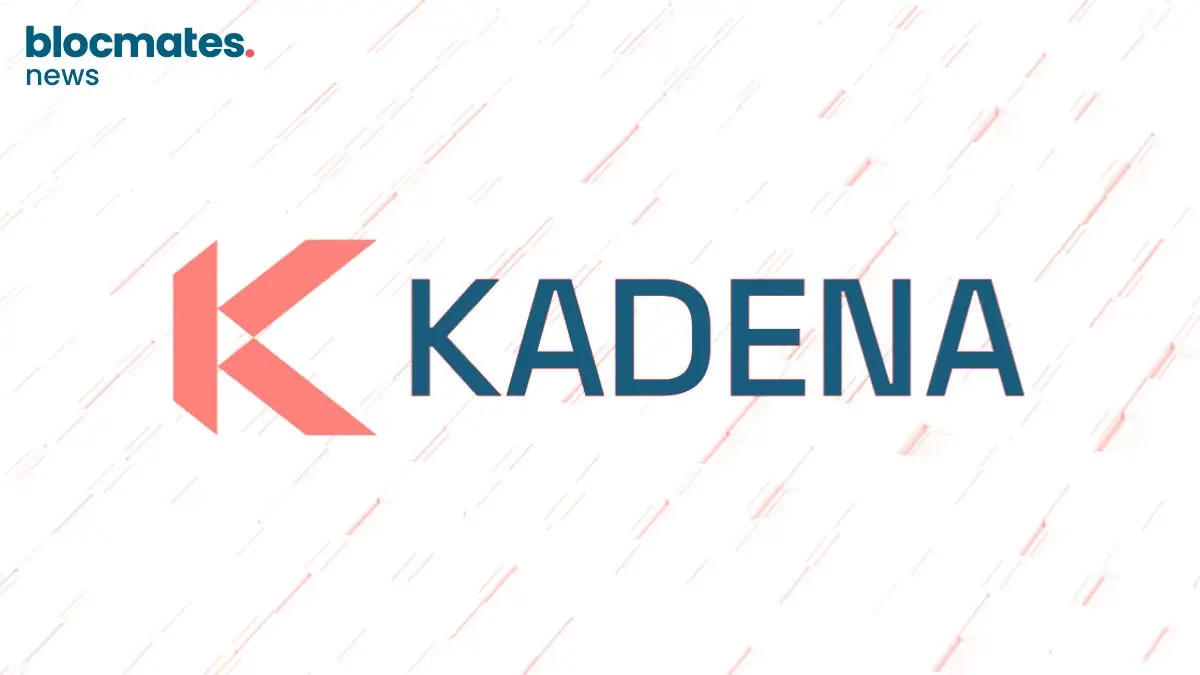


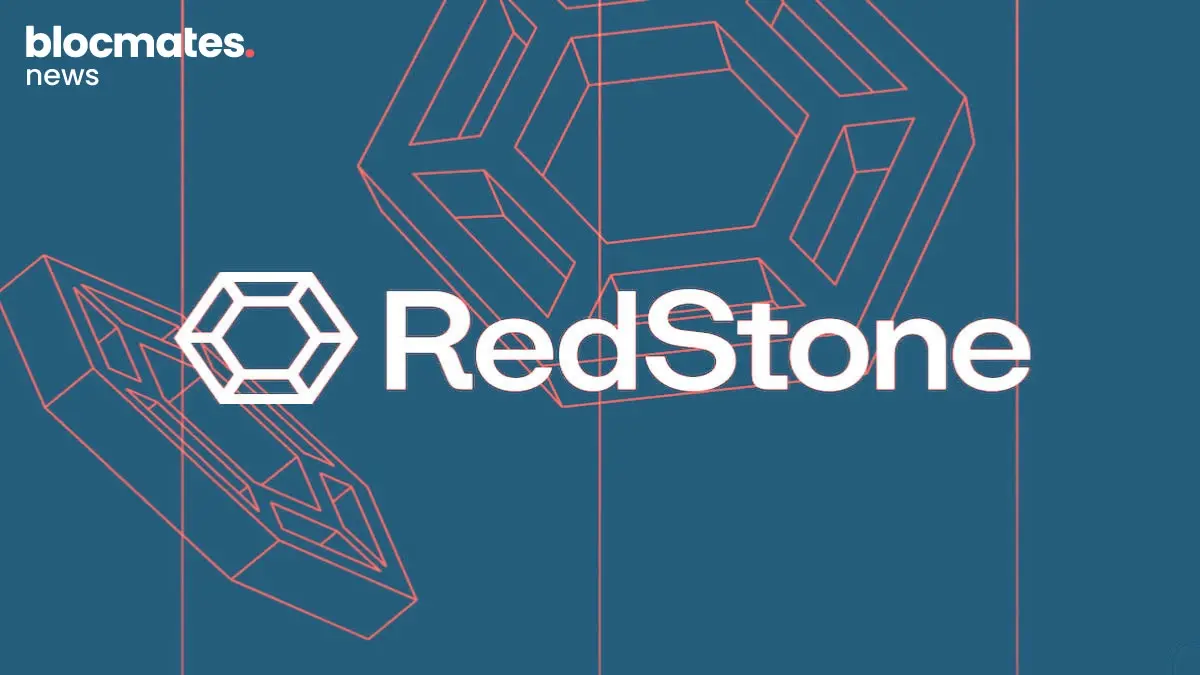
.webp)

.webp)
.webp)

.webp)


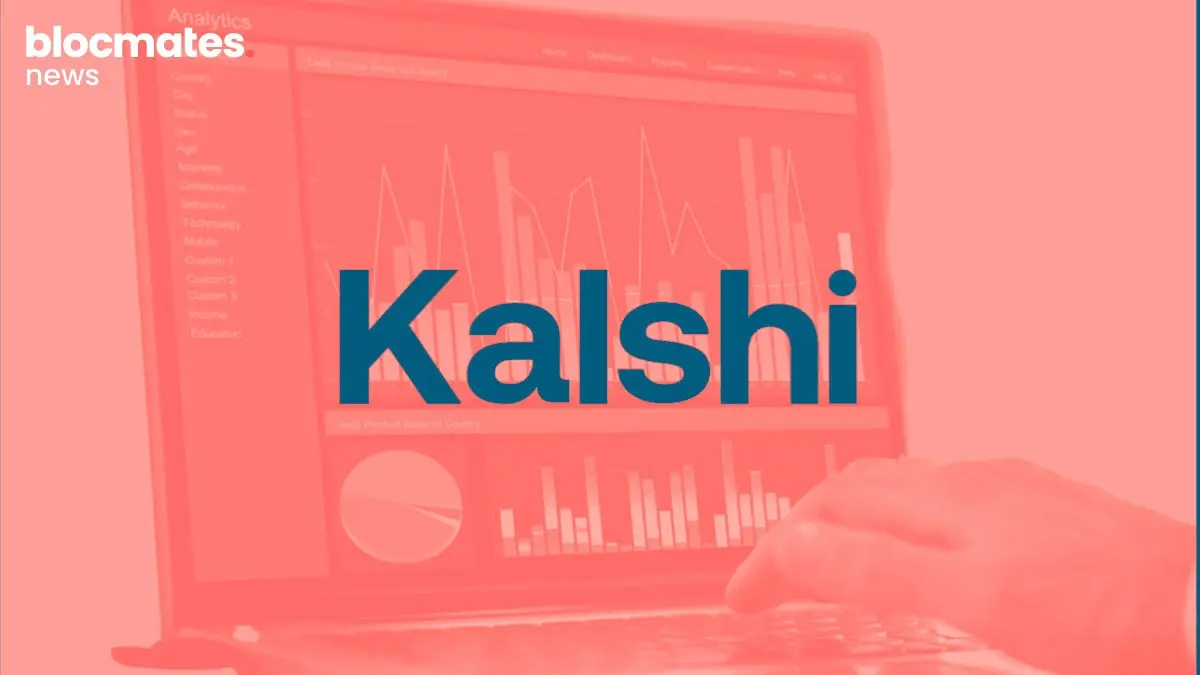




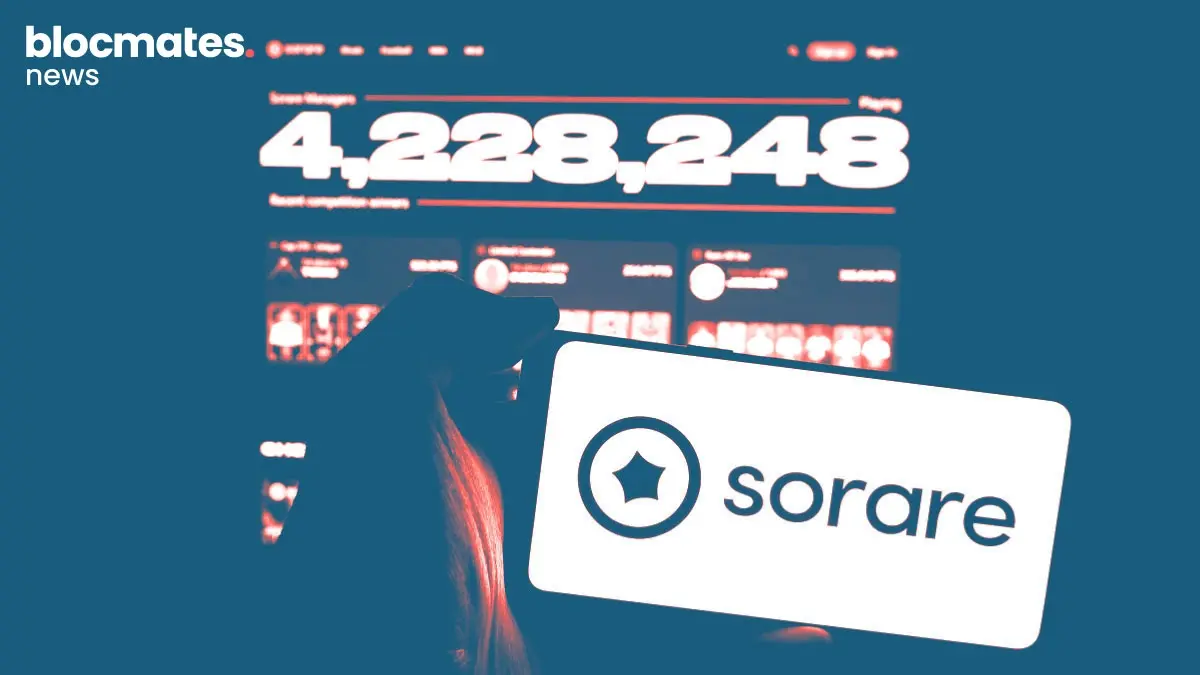




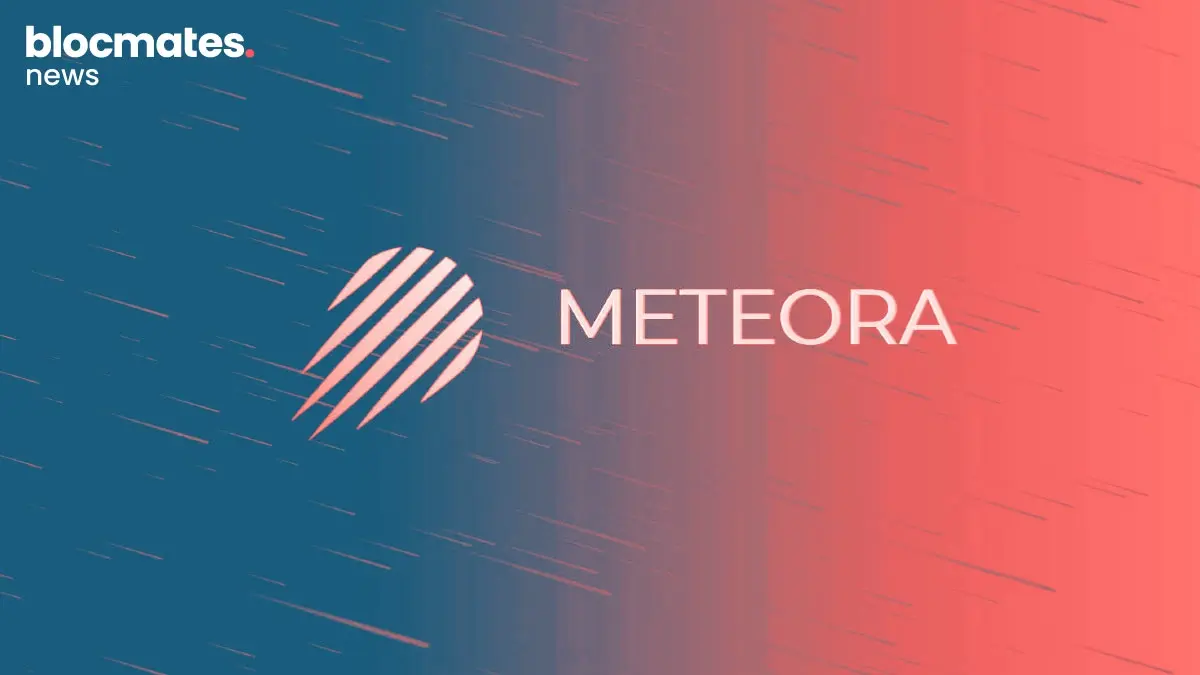


.webp)

.webp)

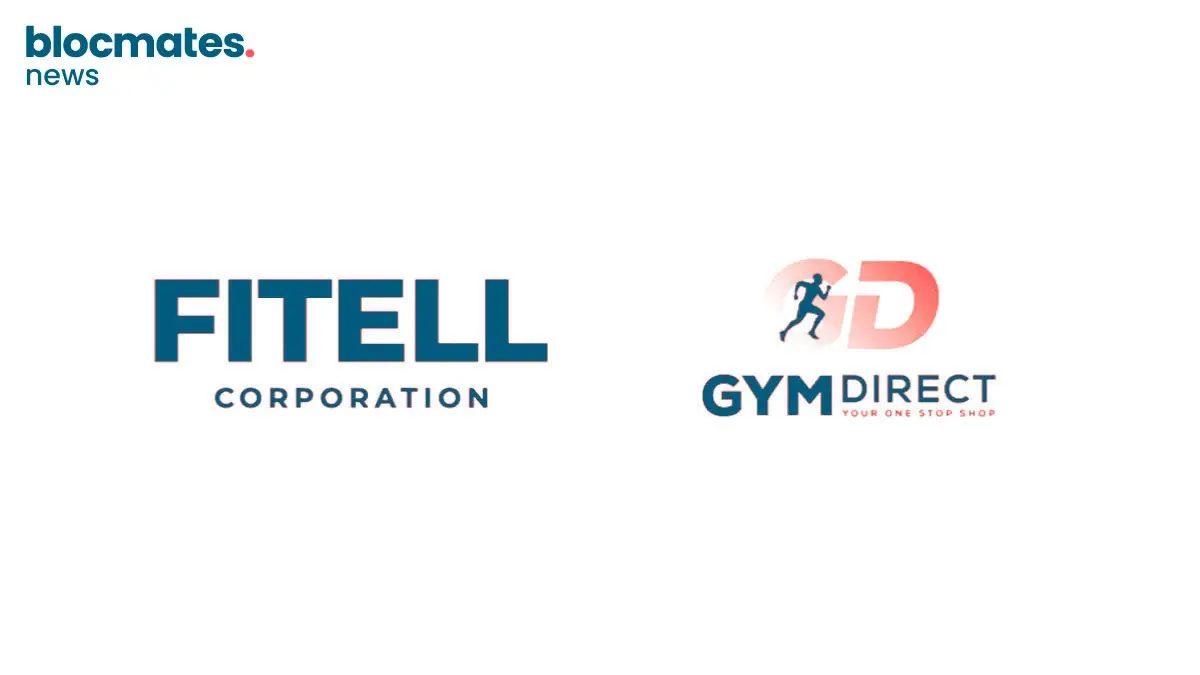
.webp)



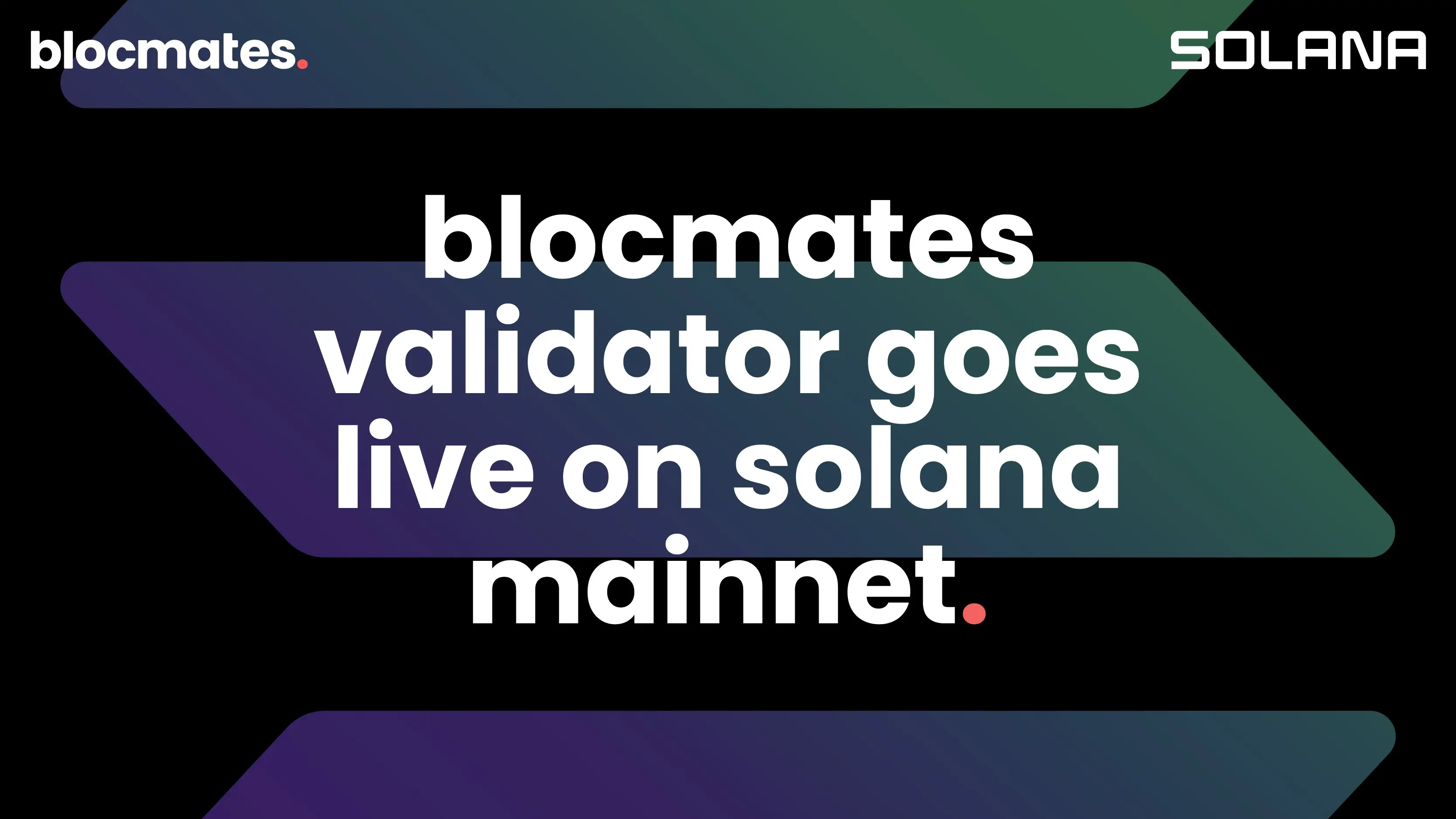
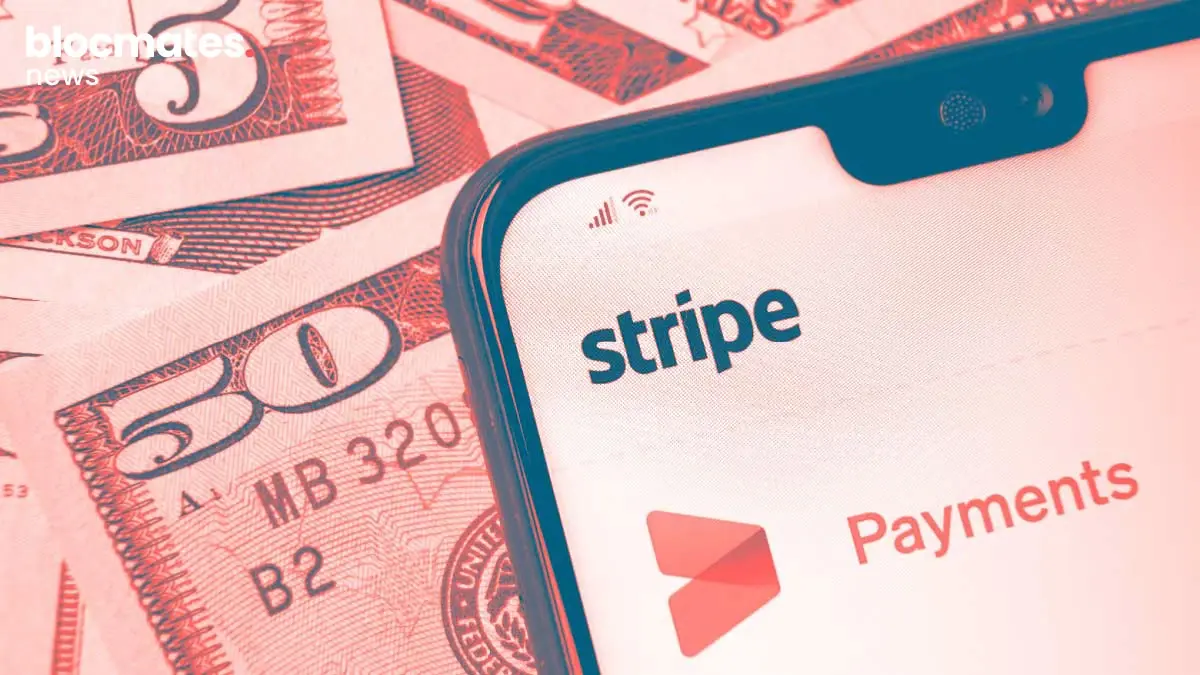
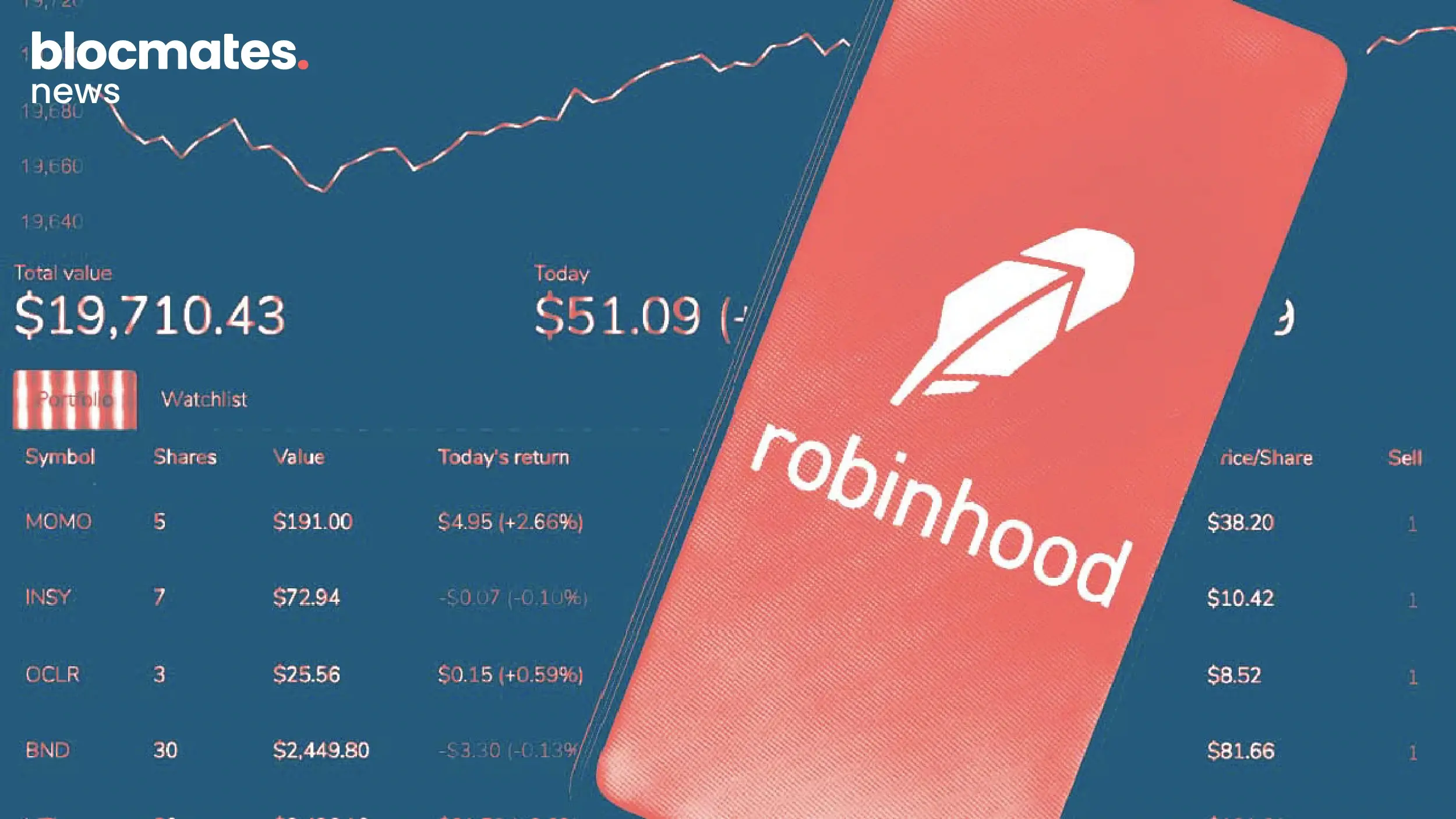


.webp)
